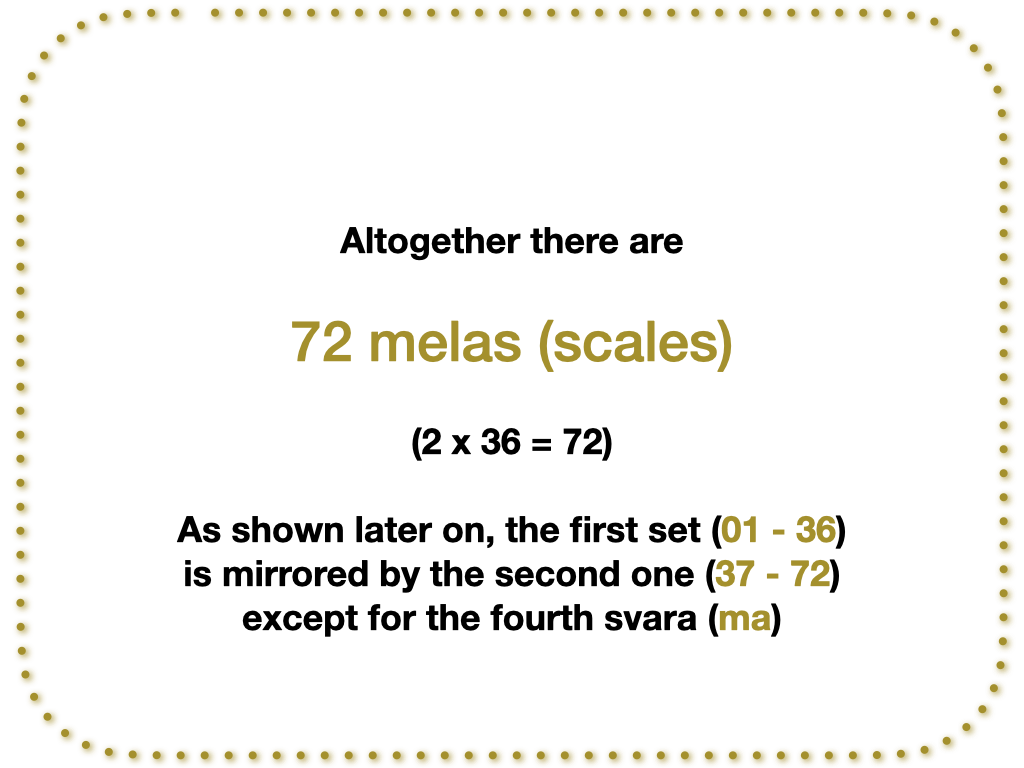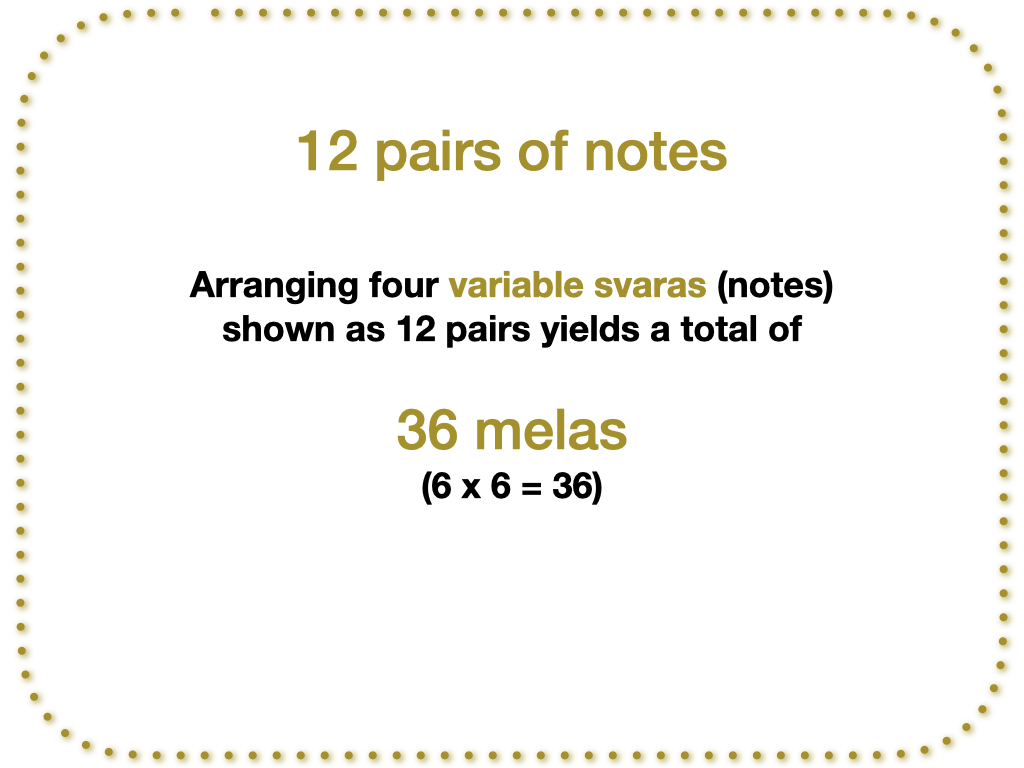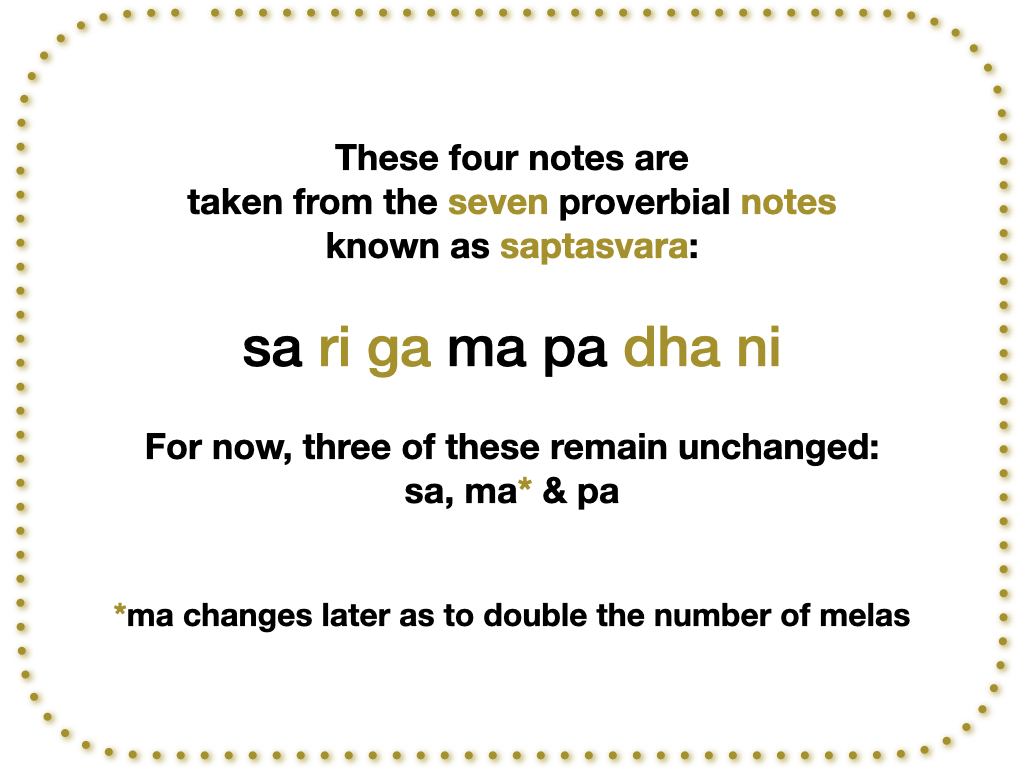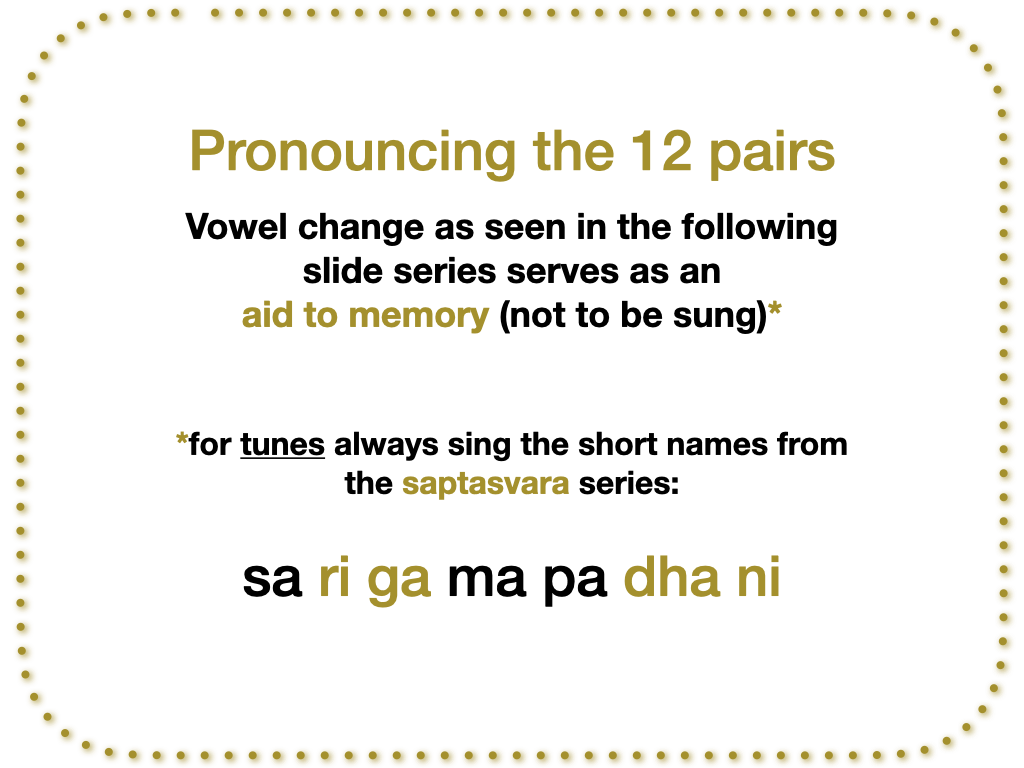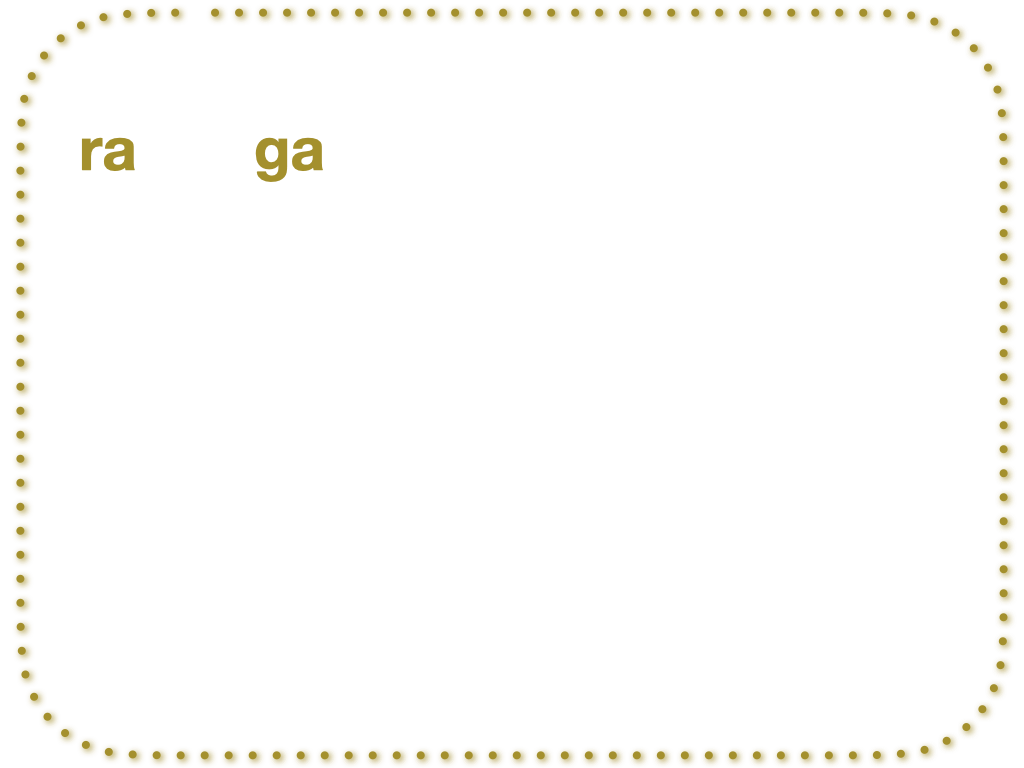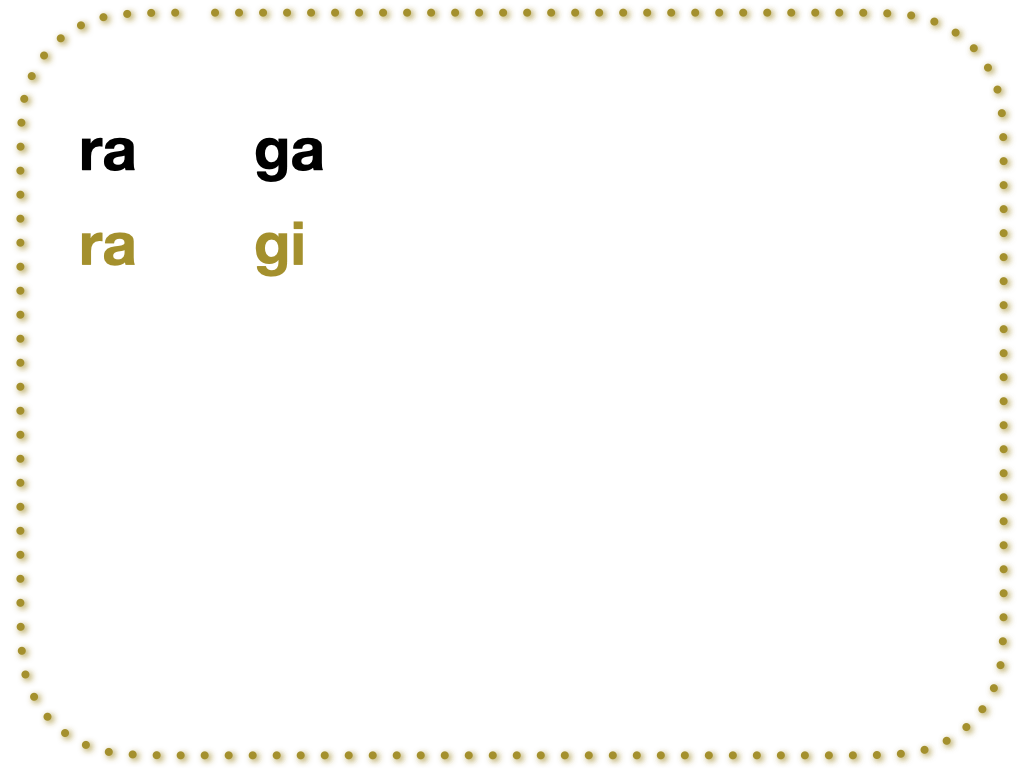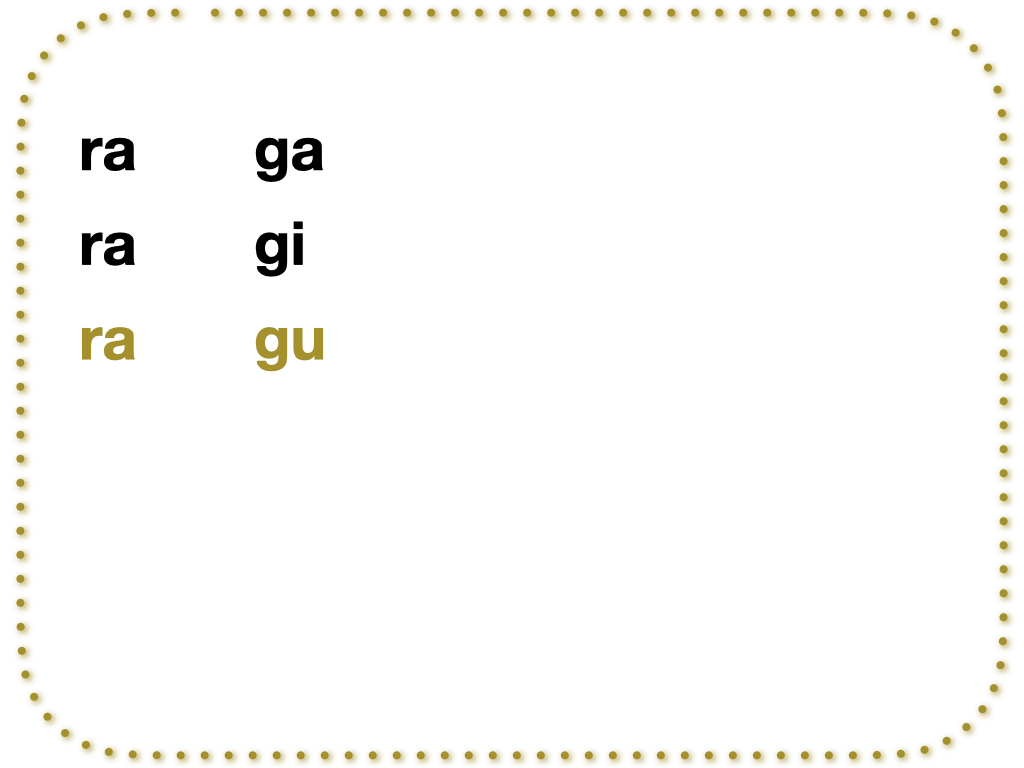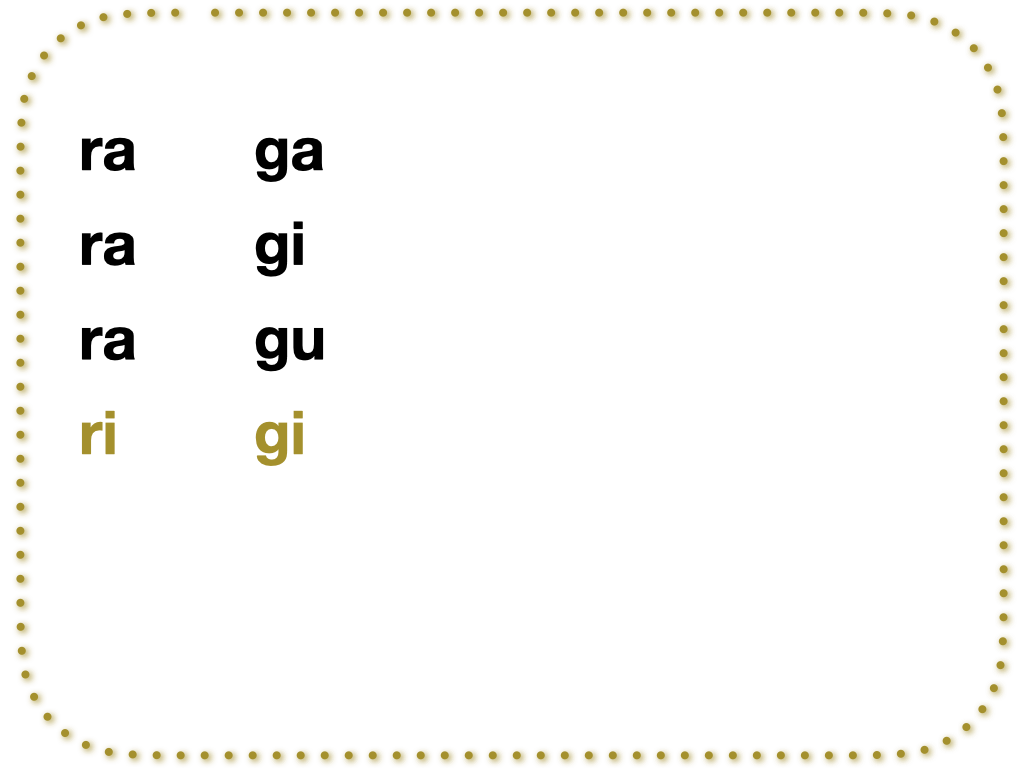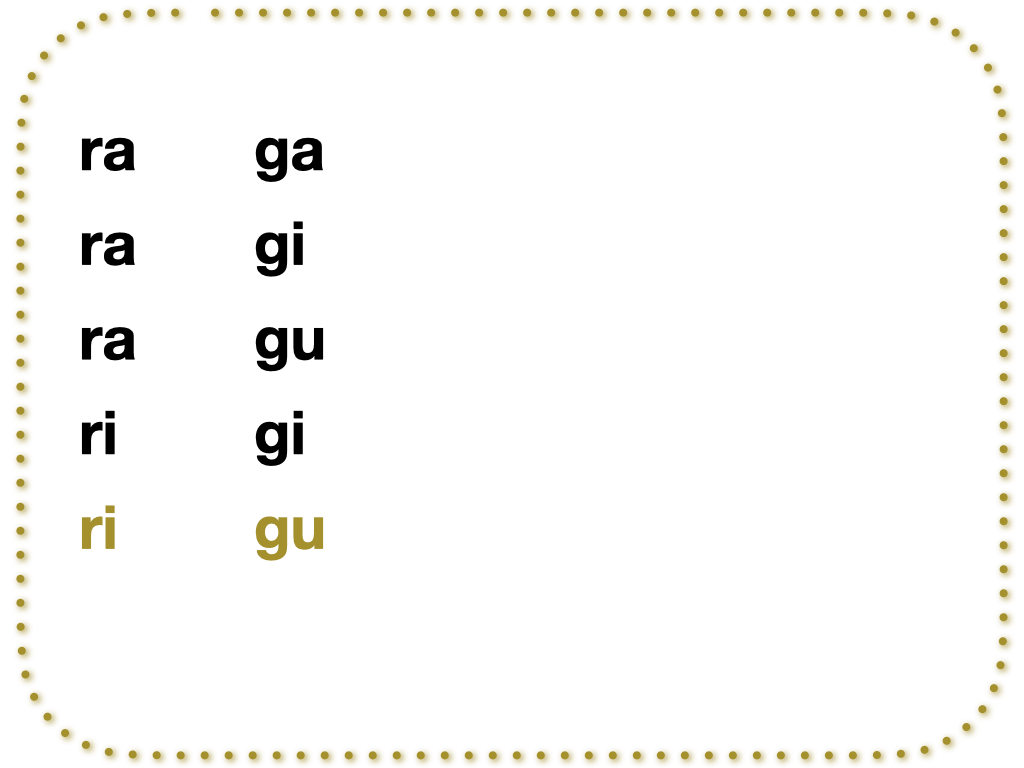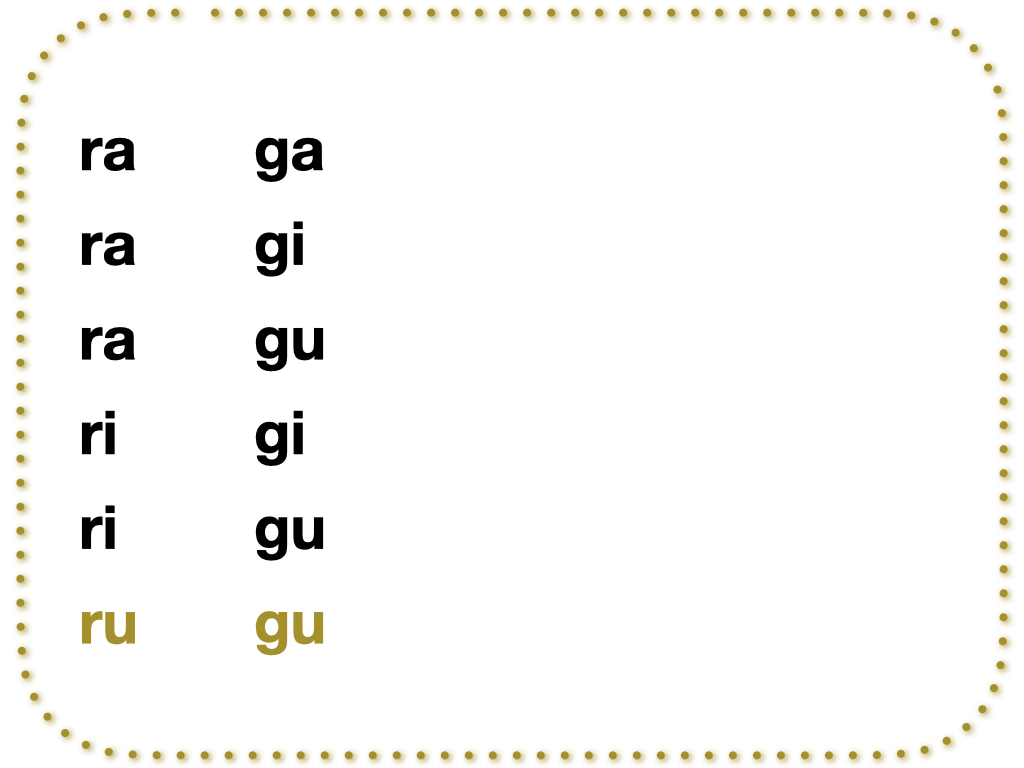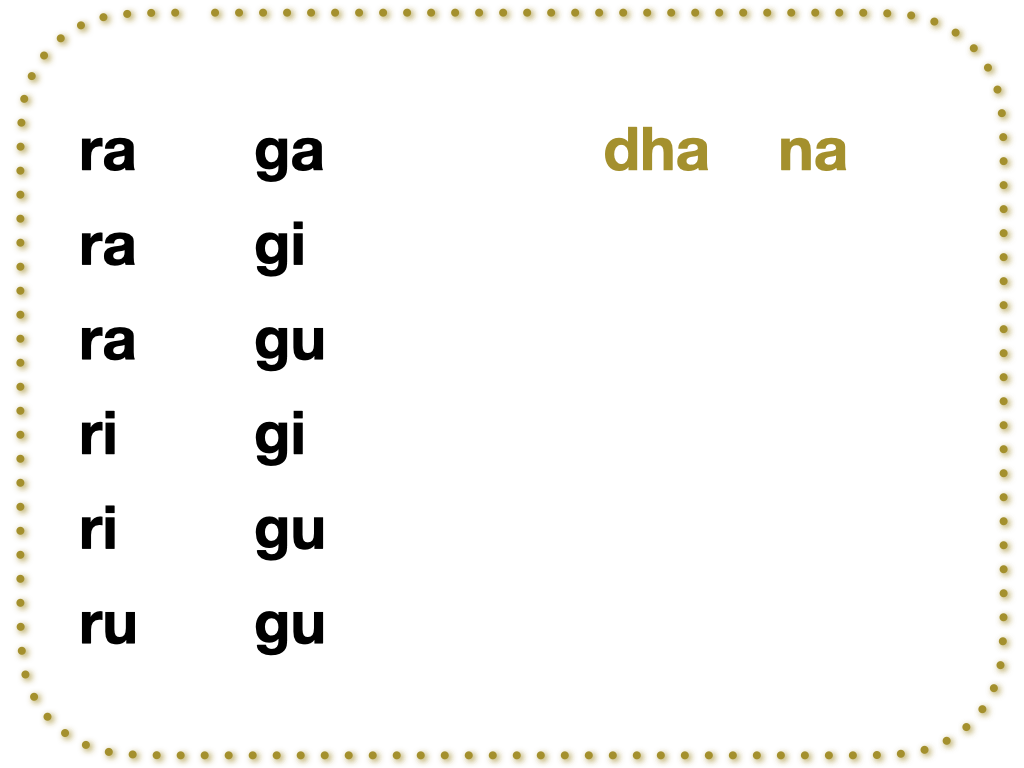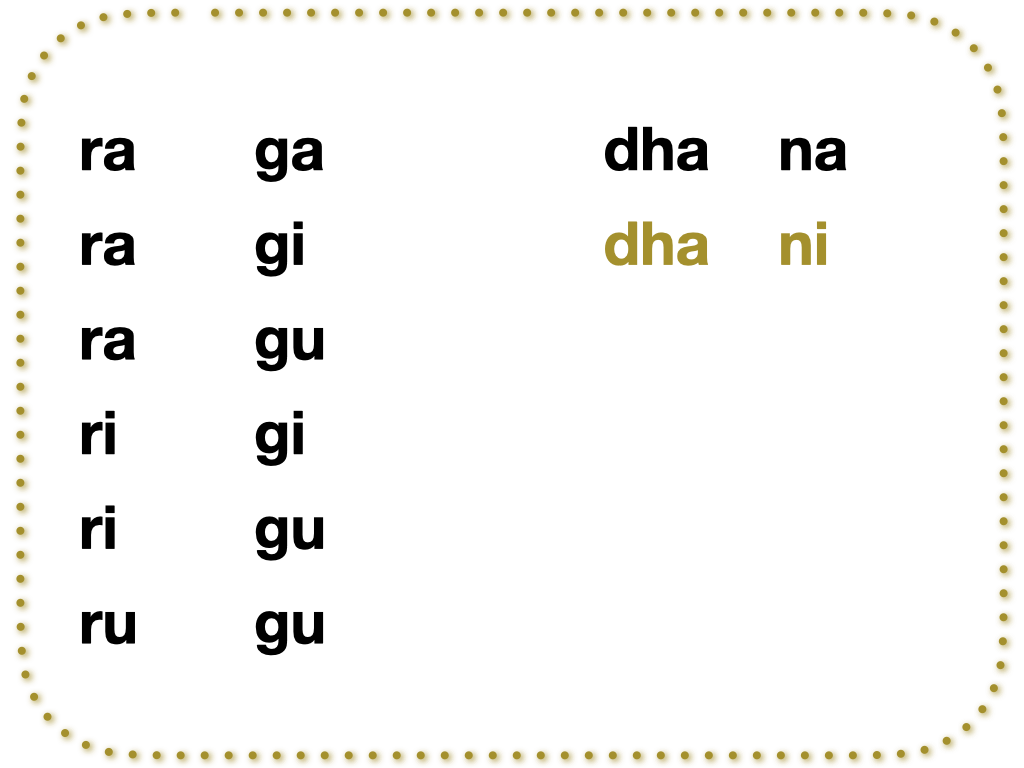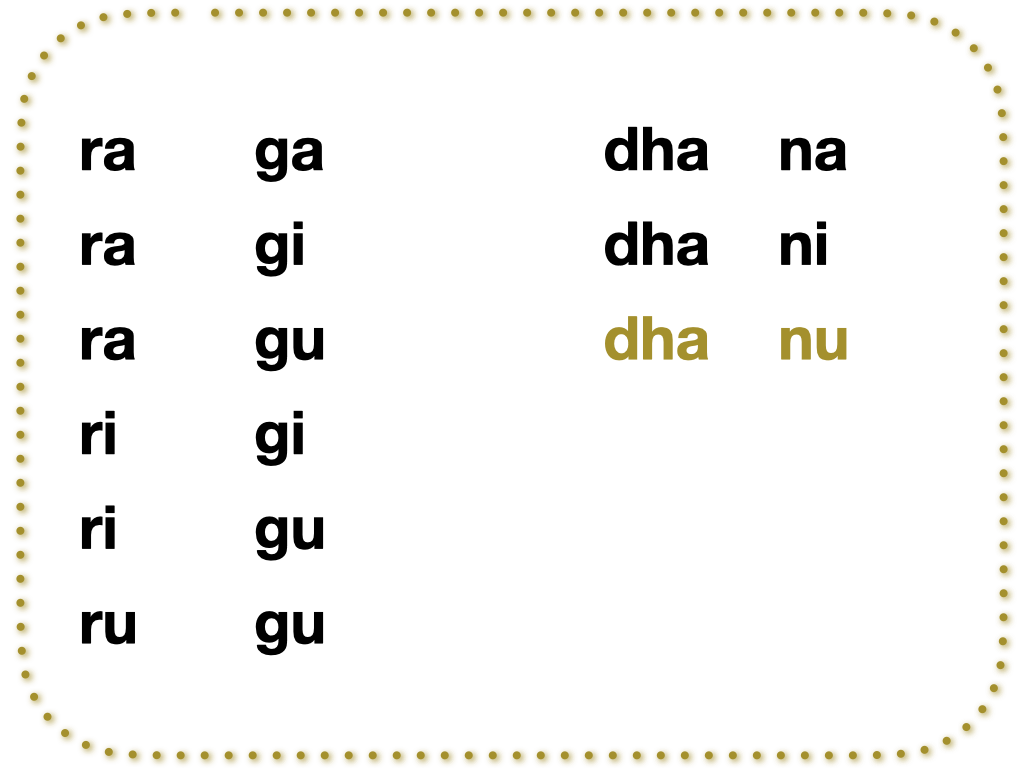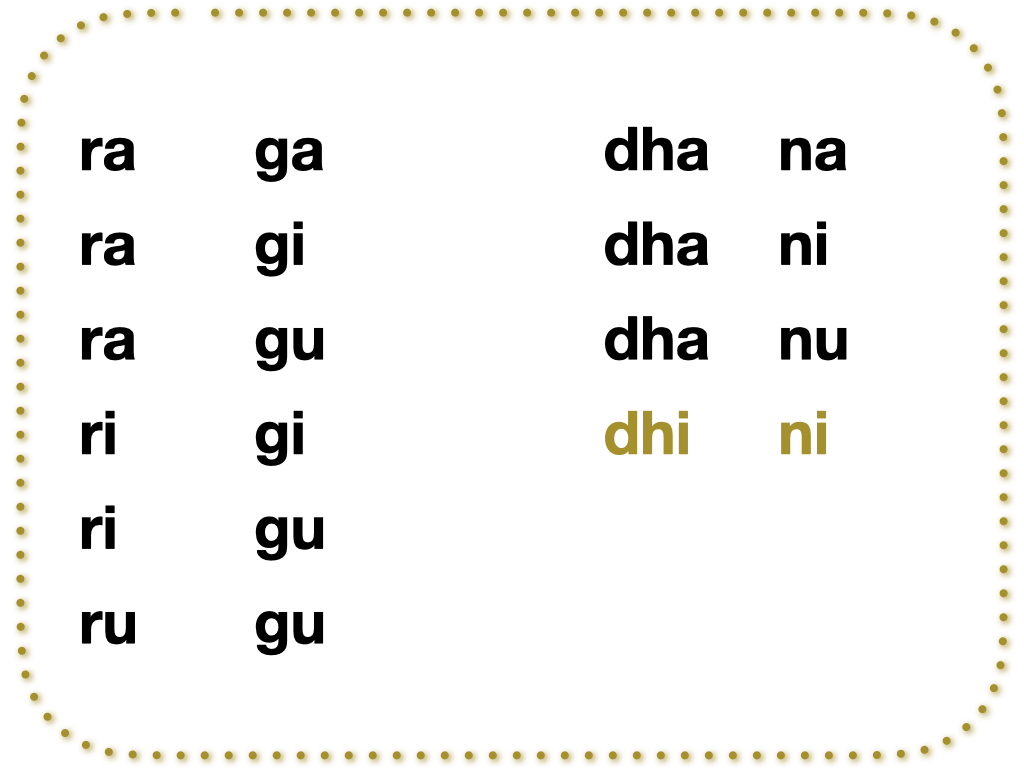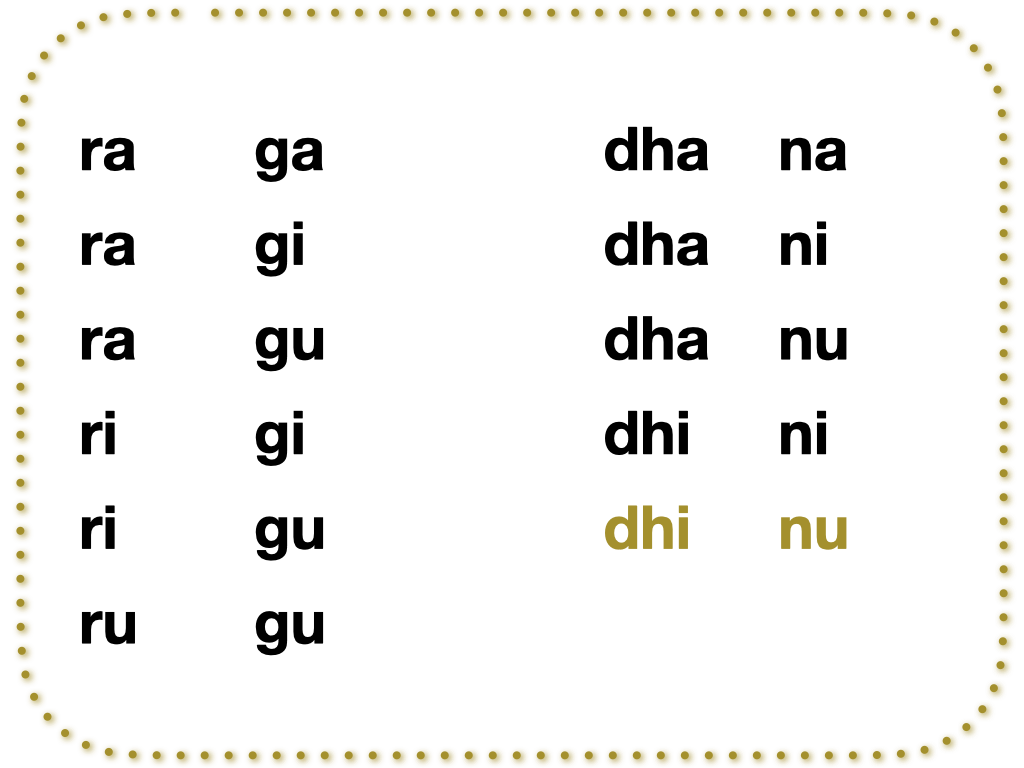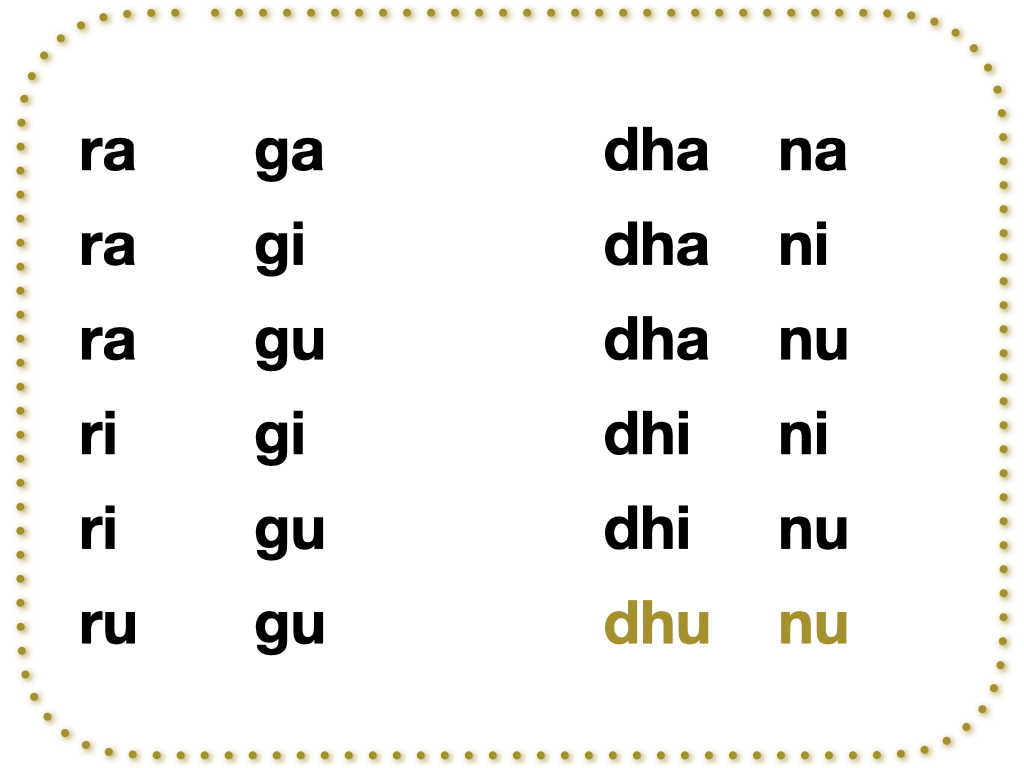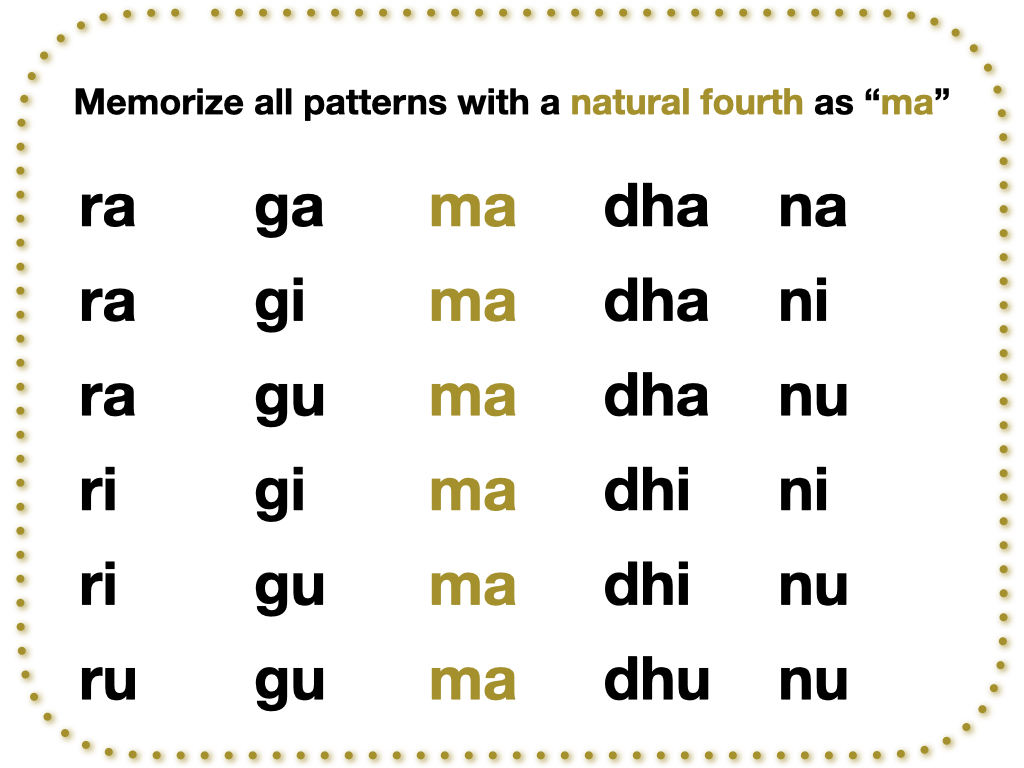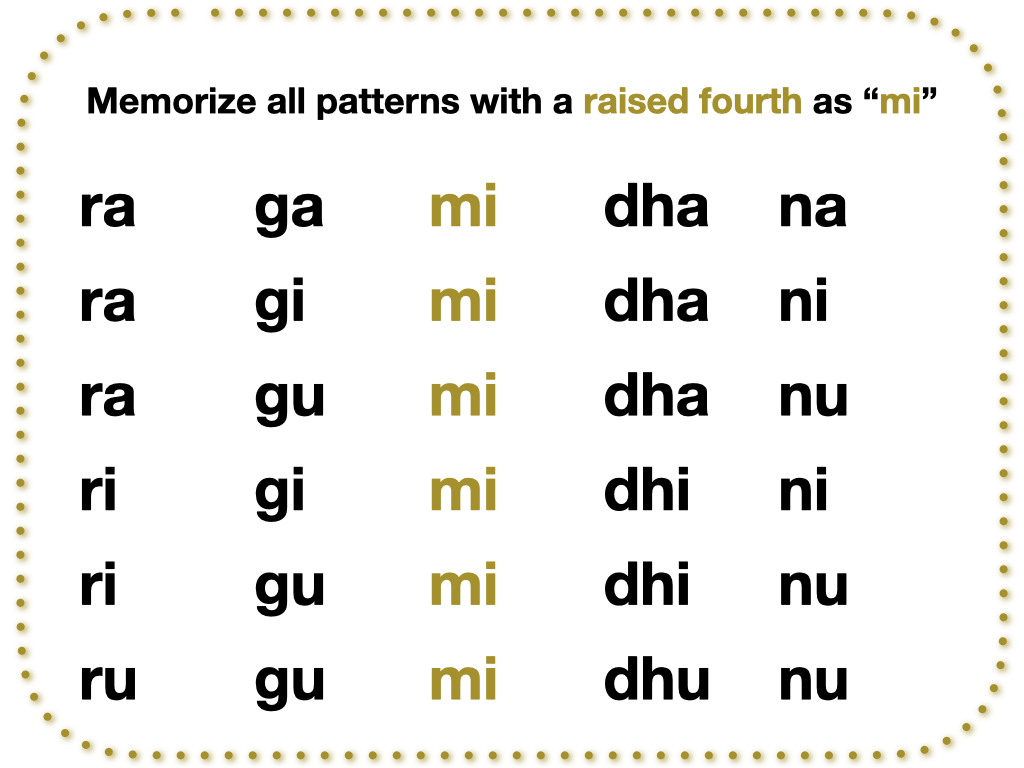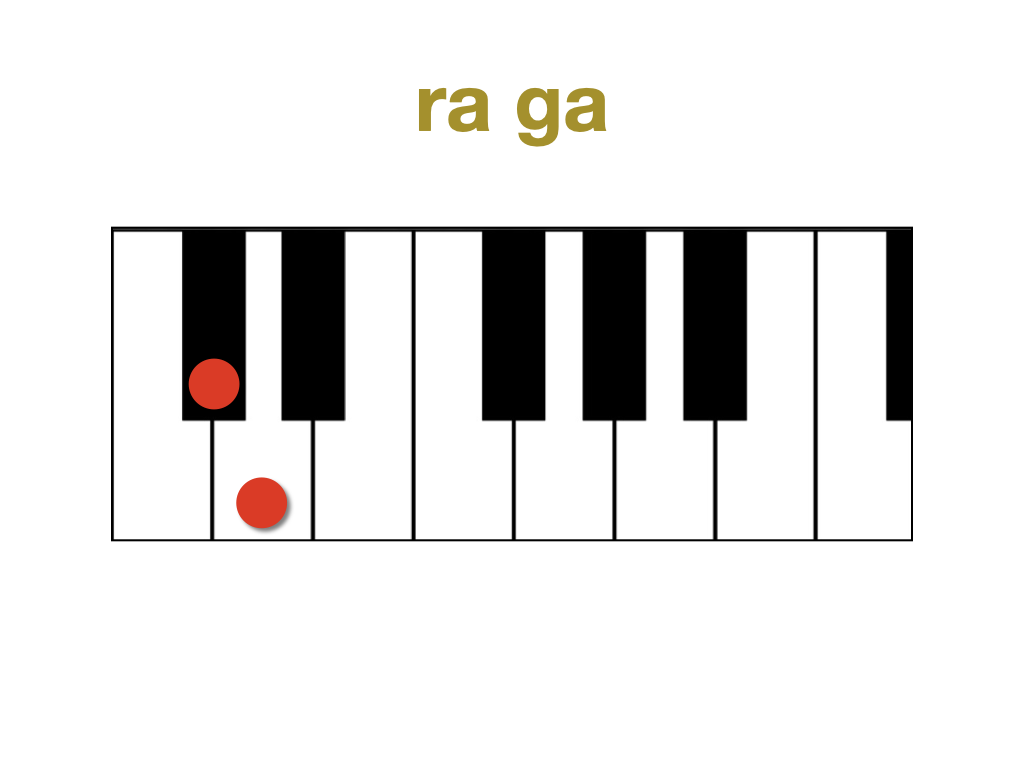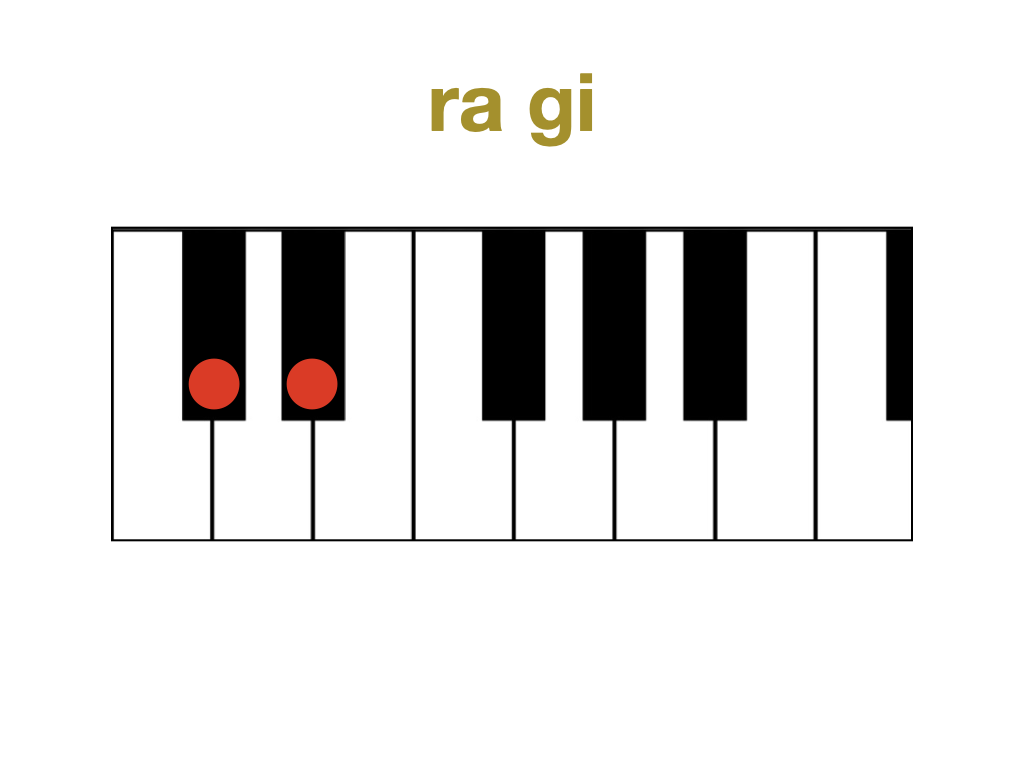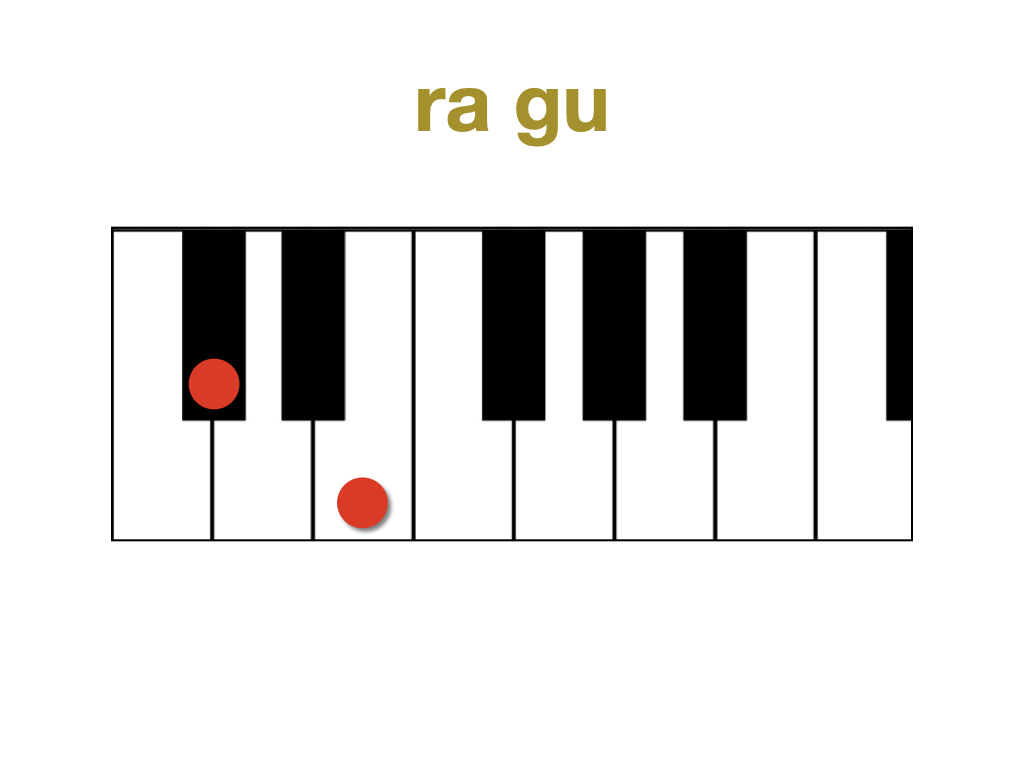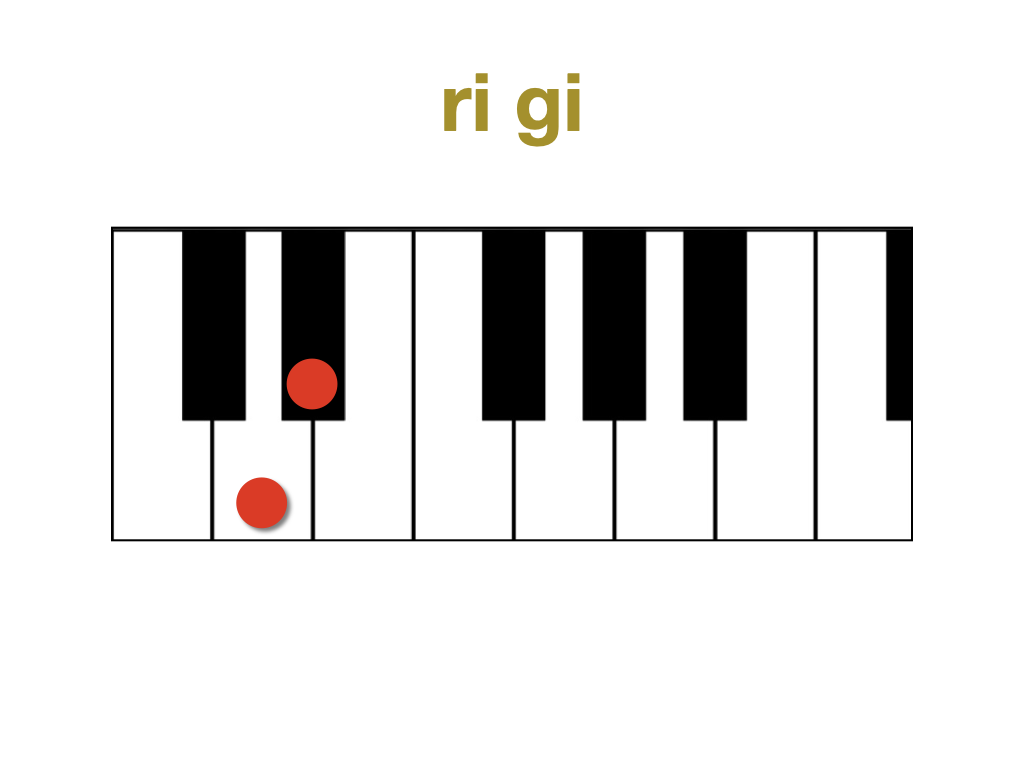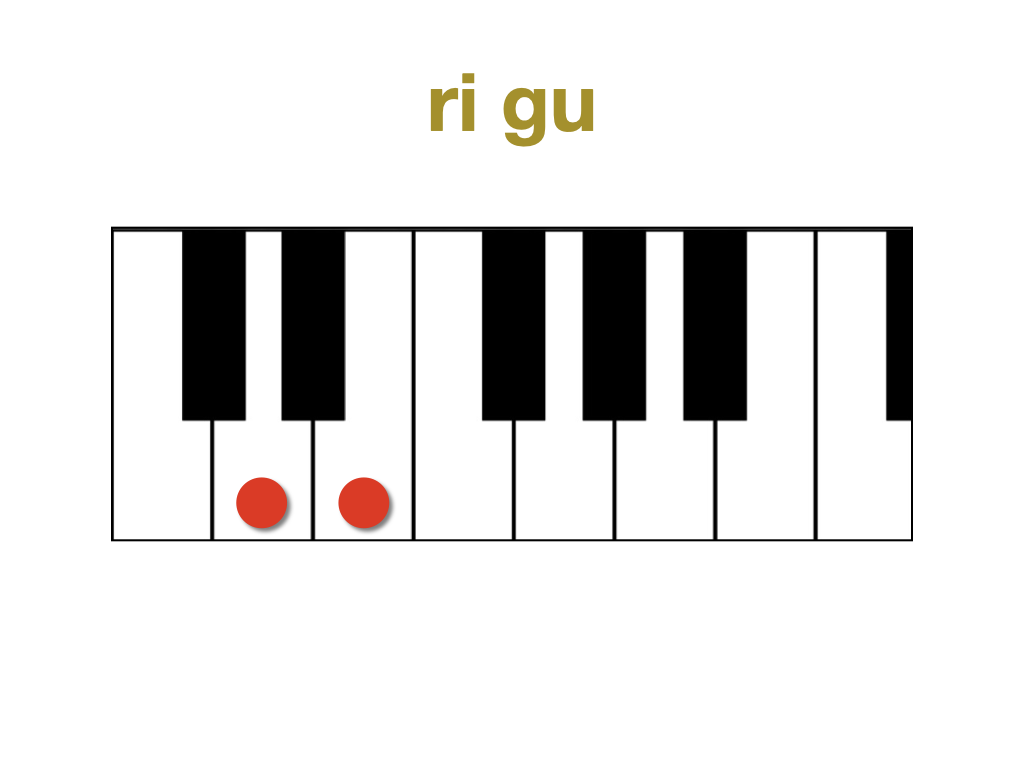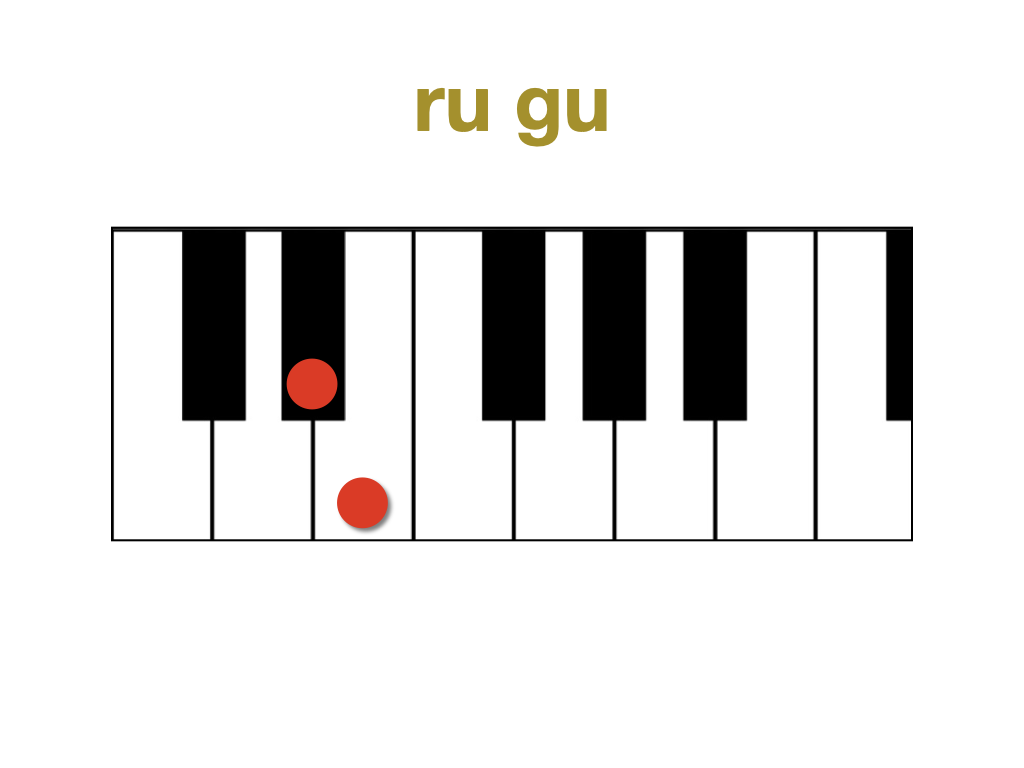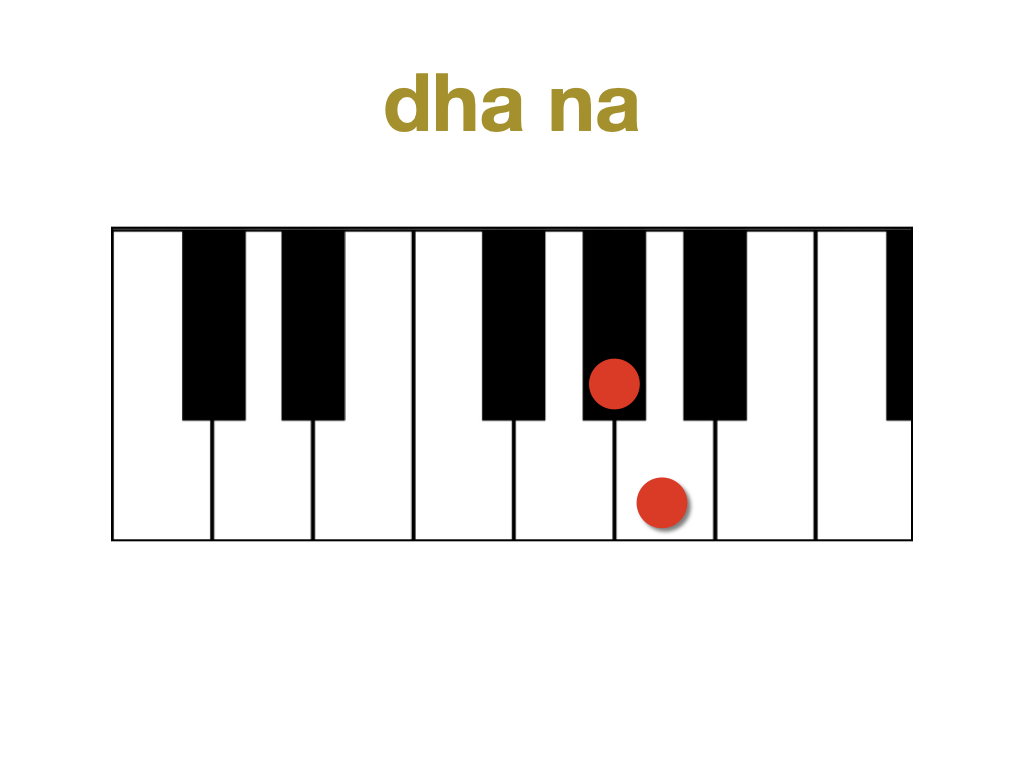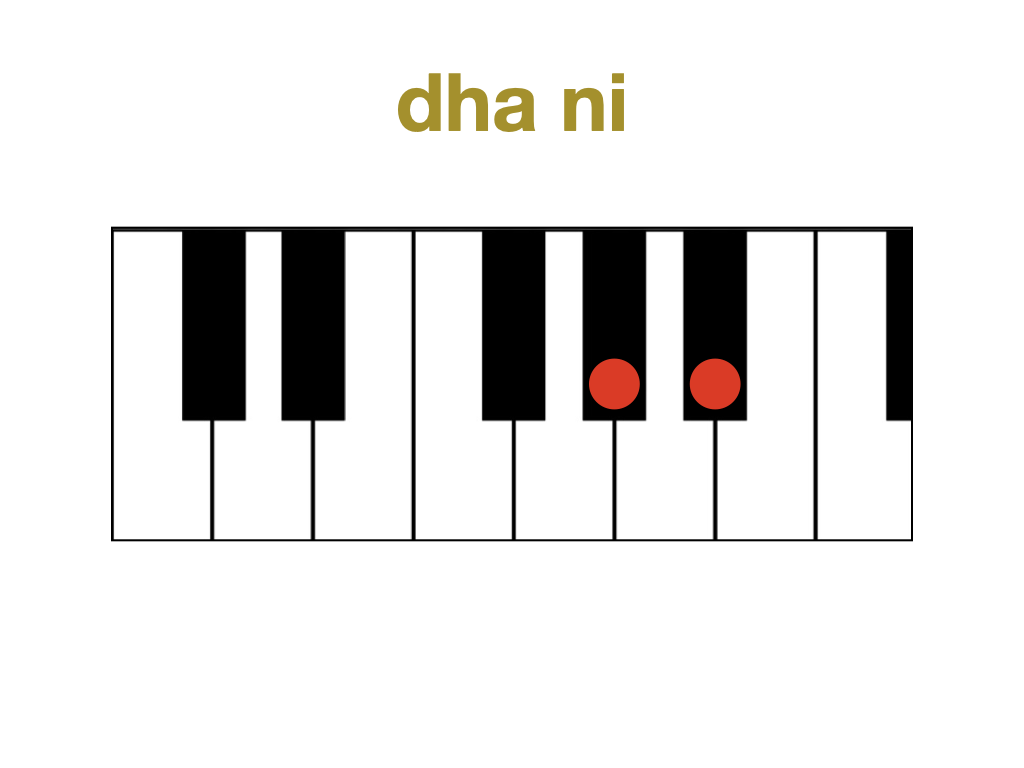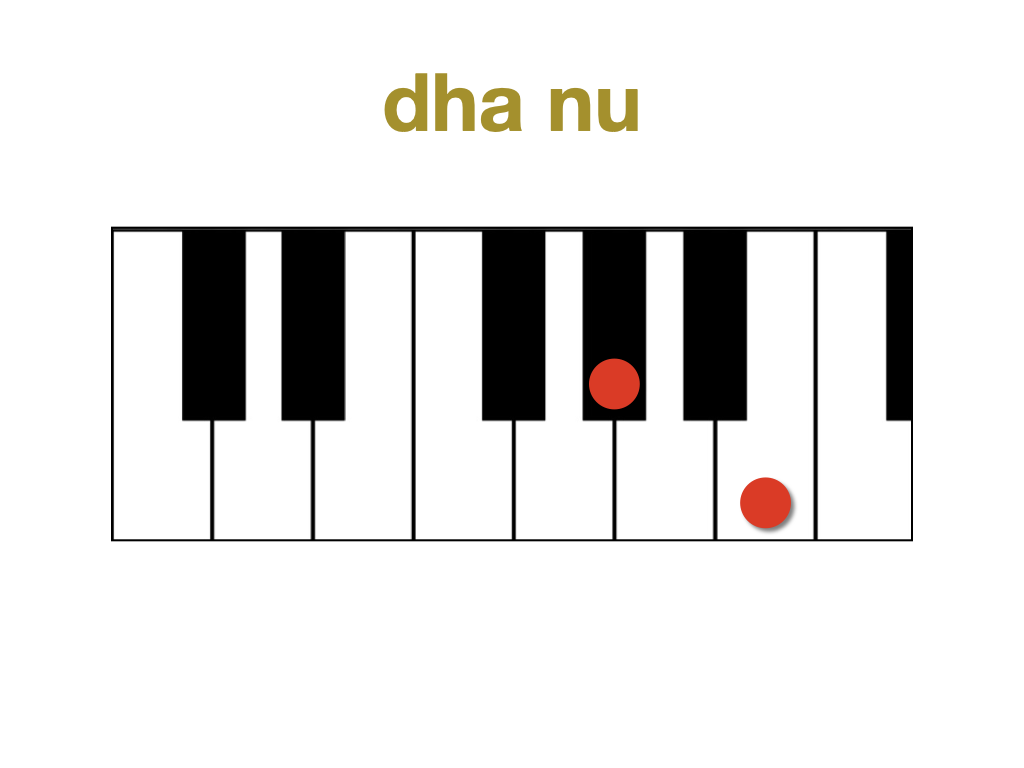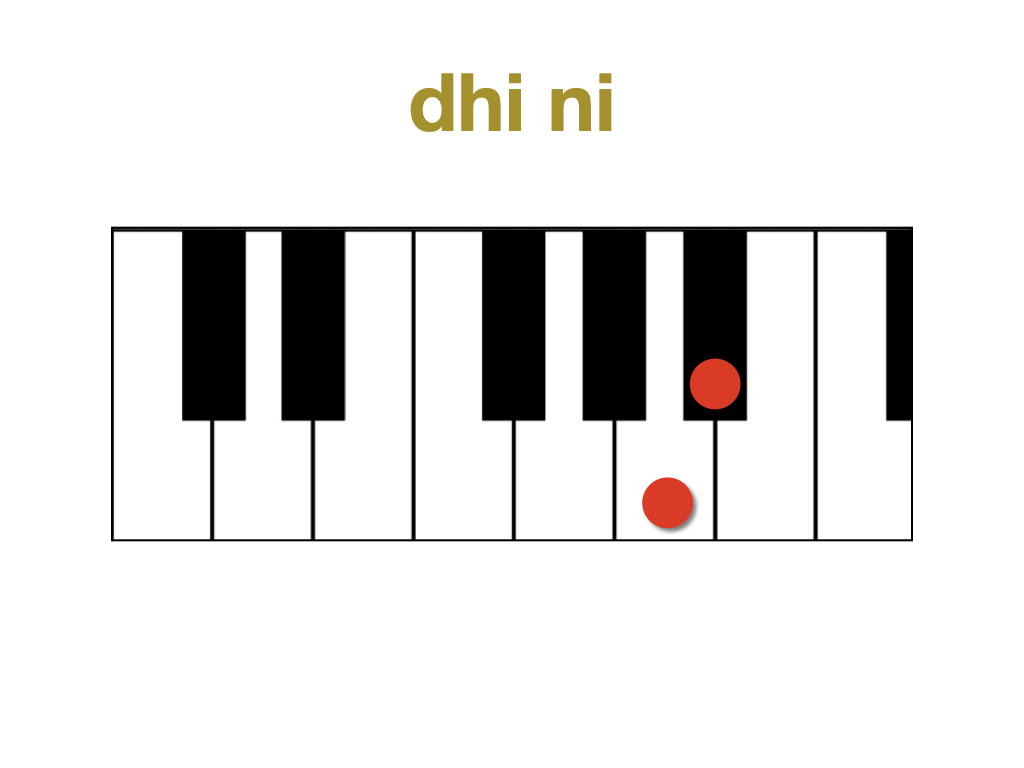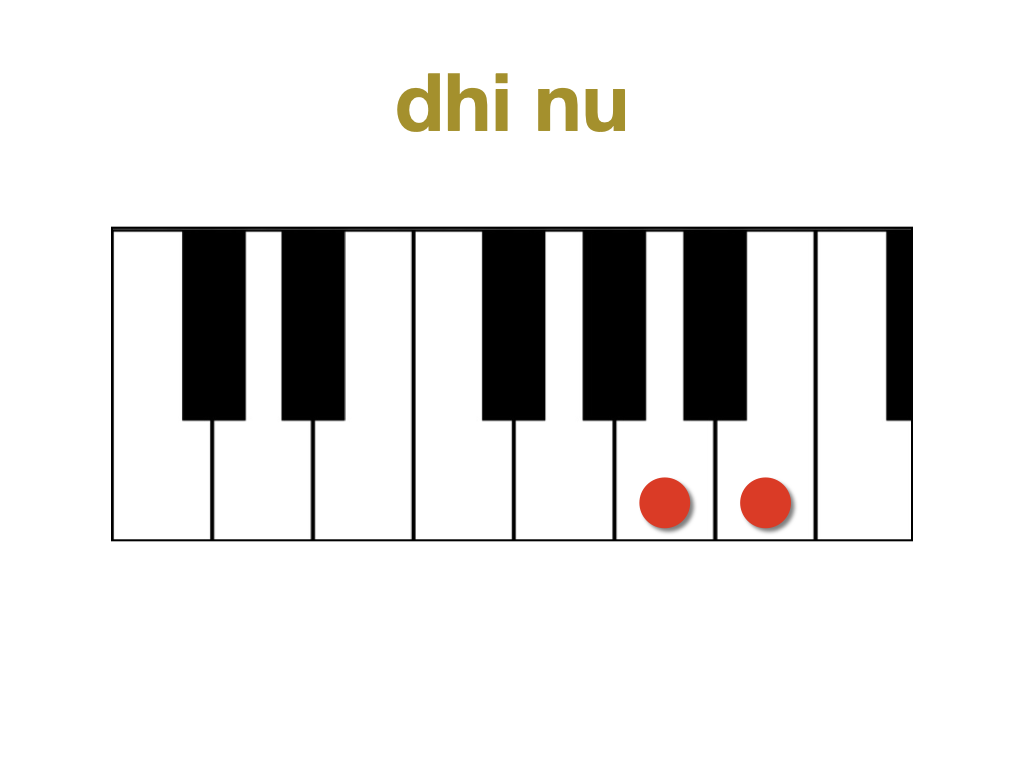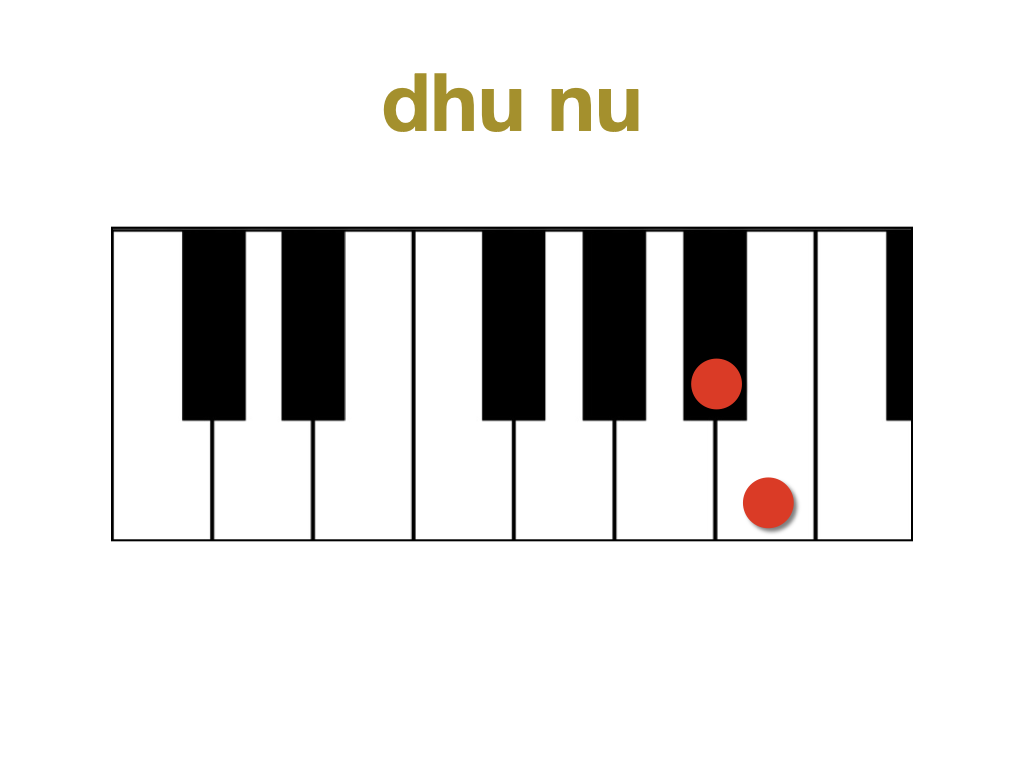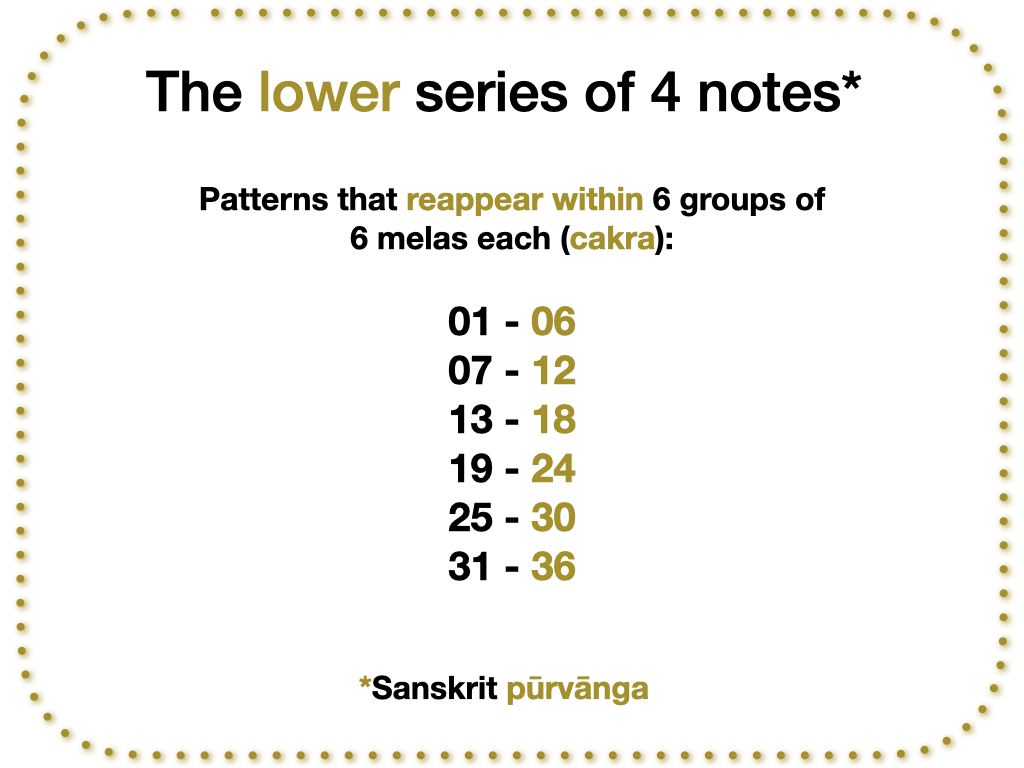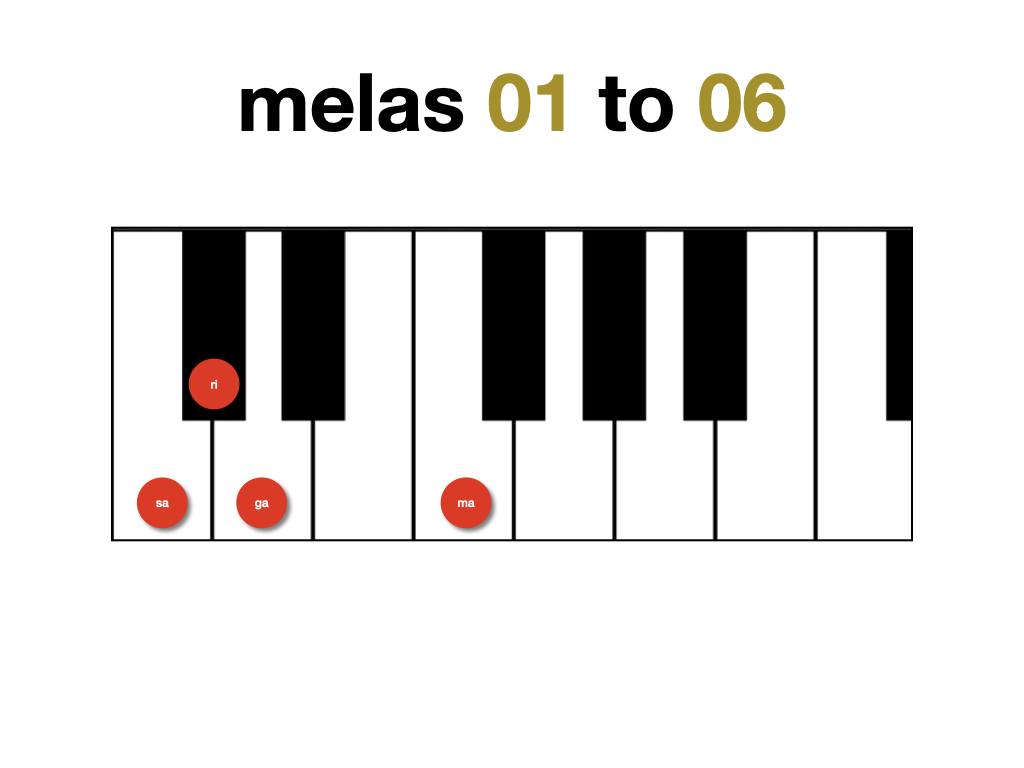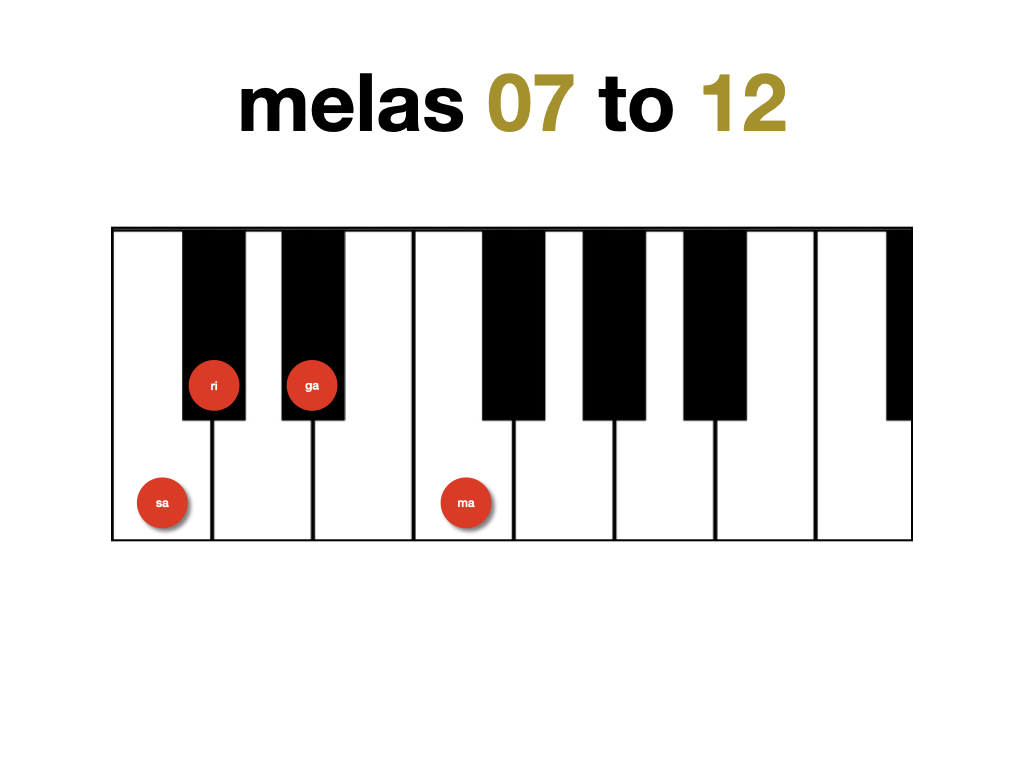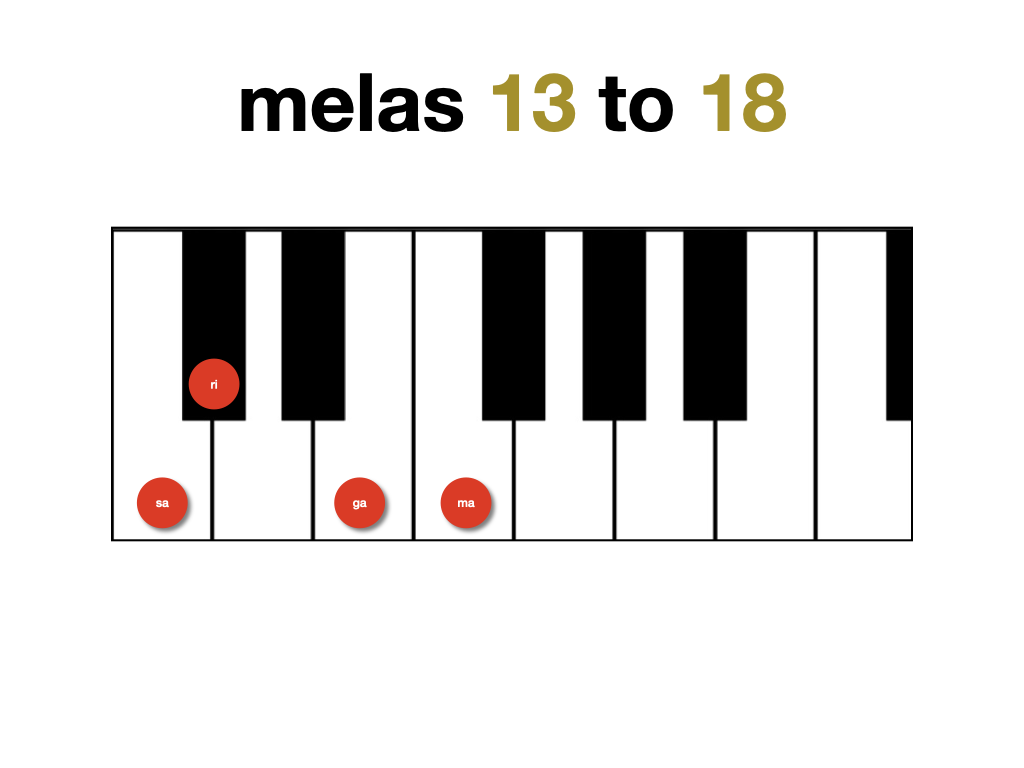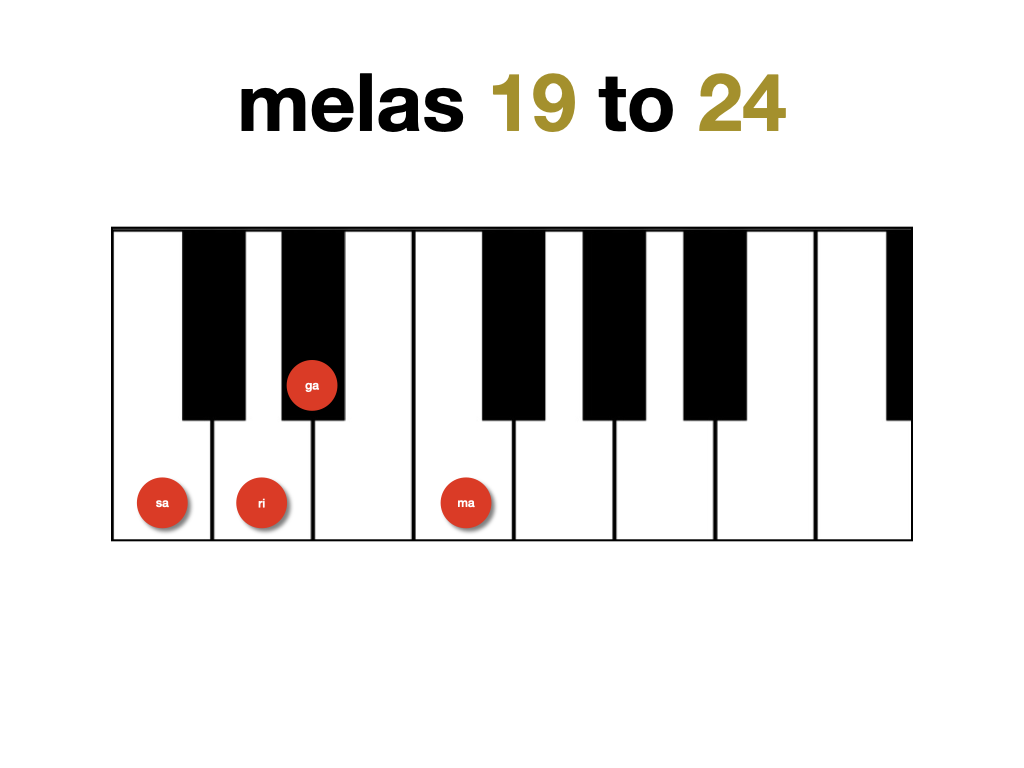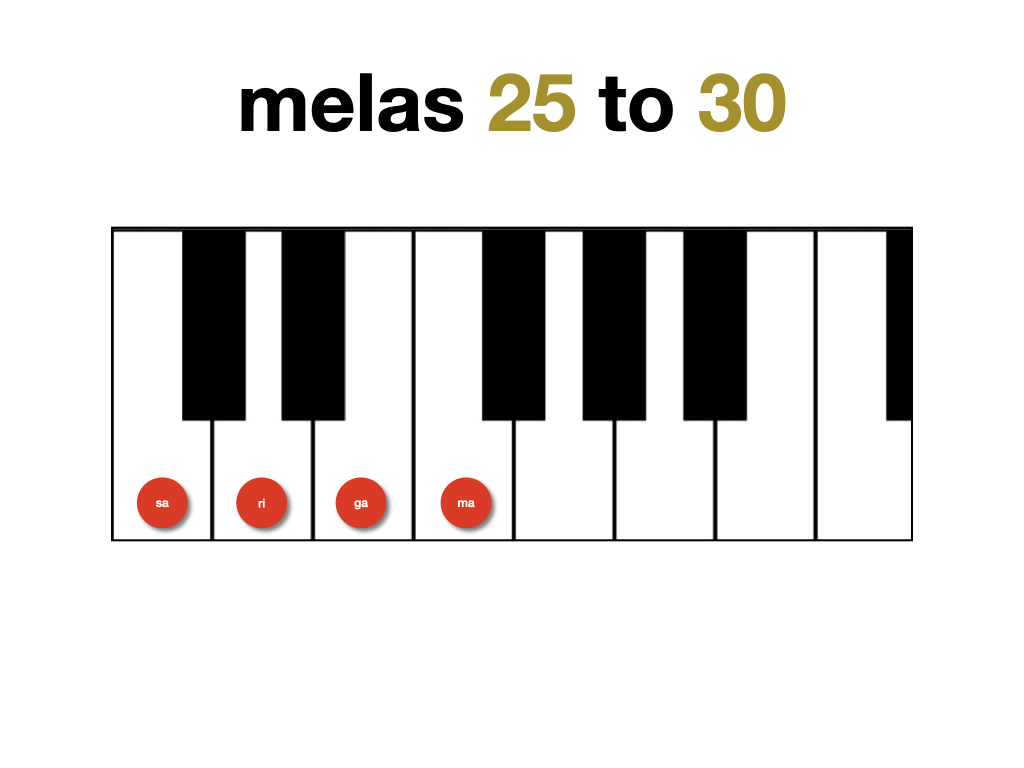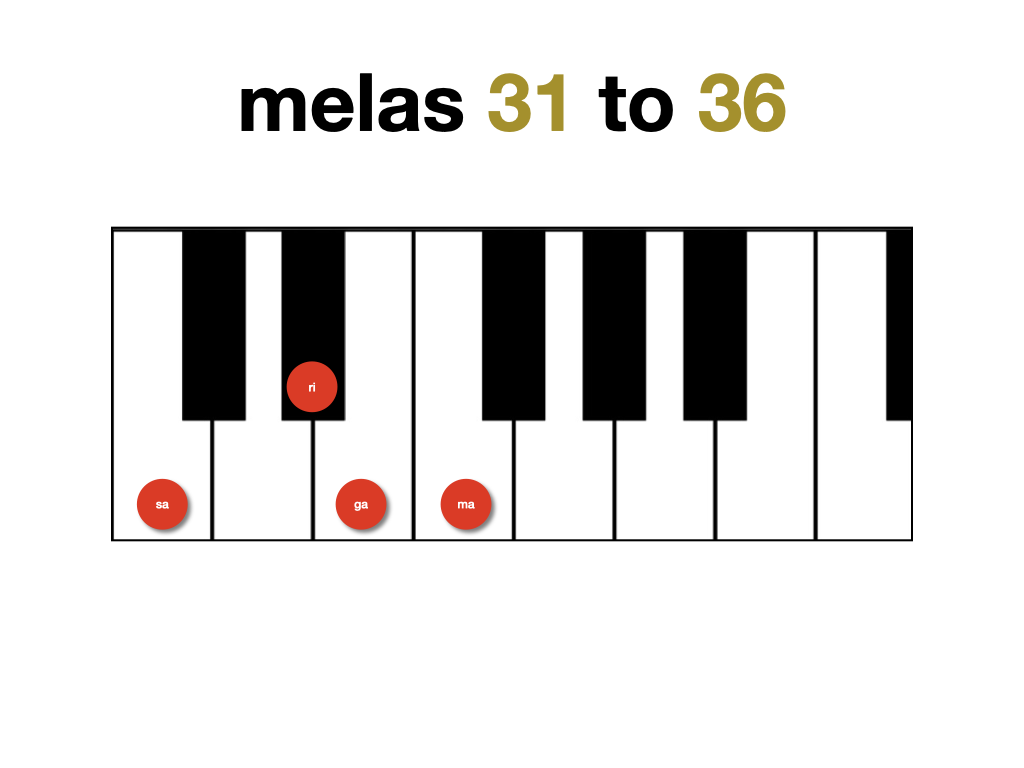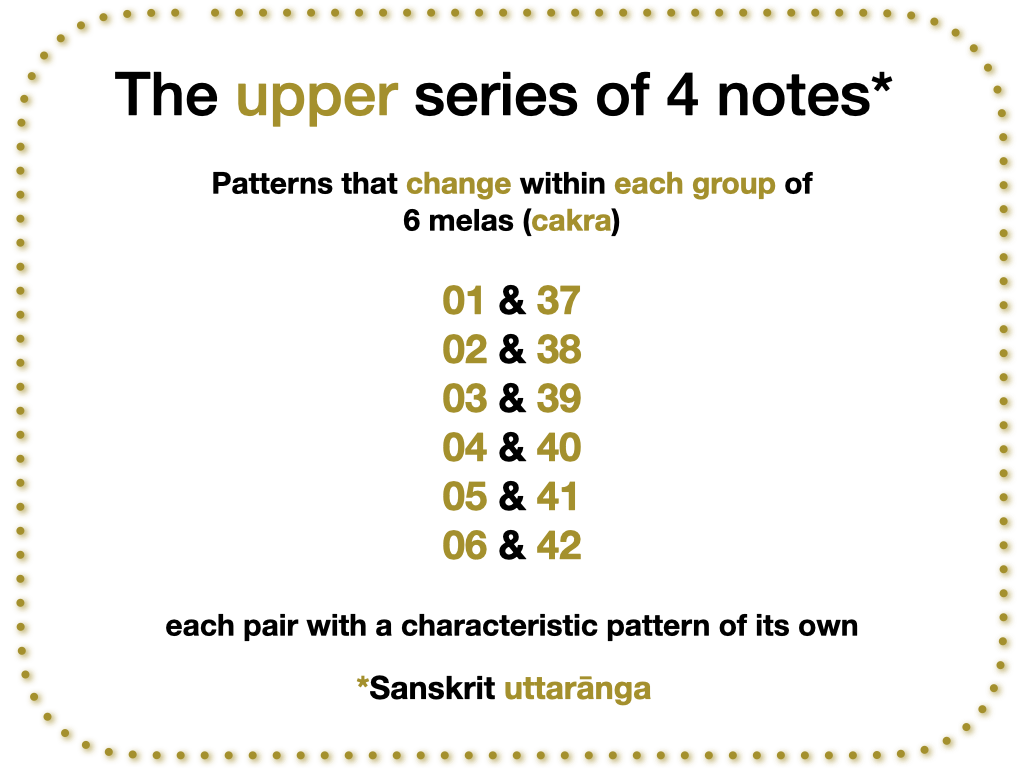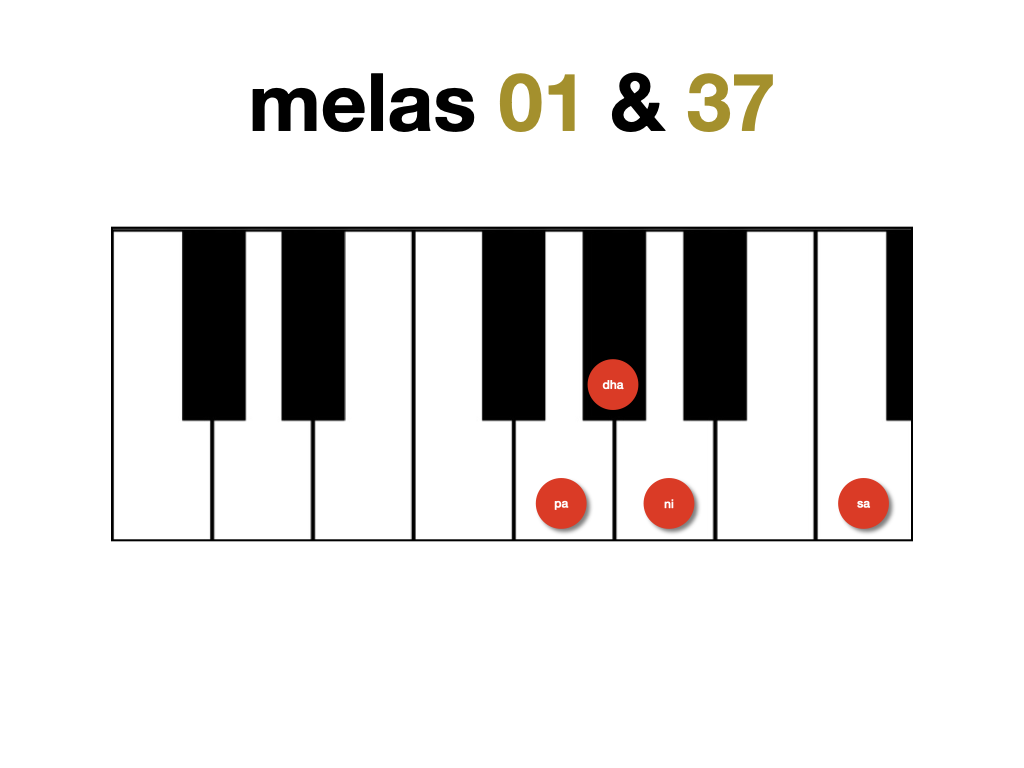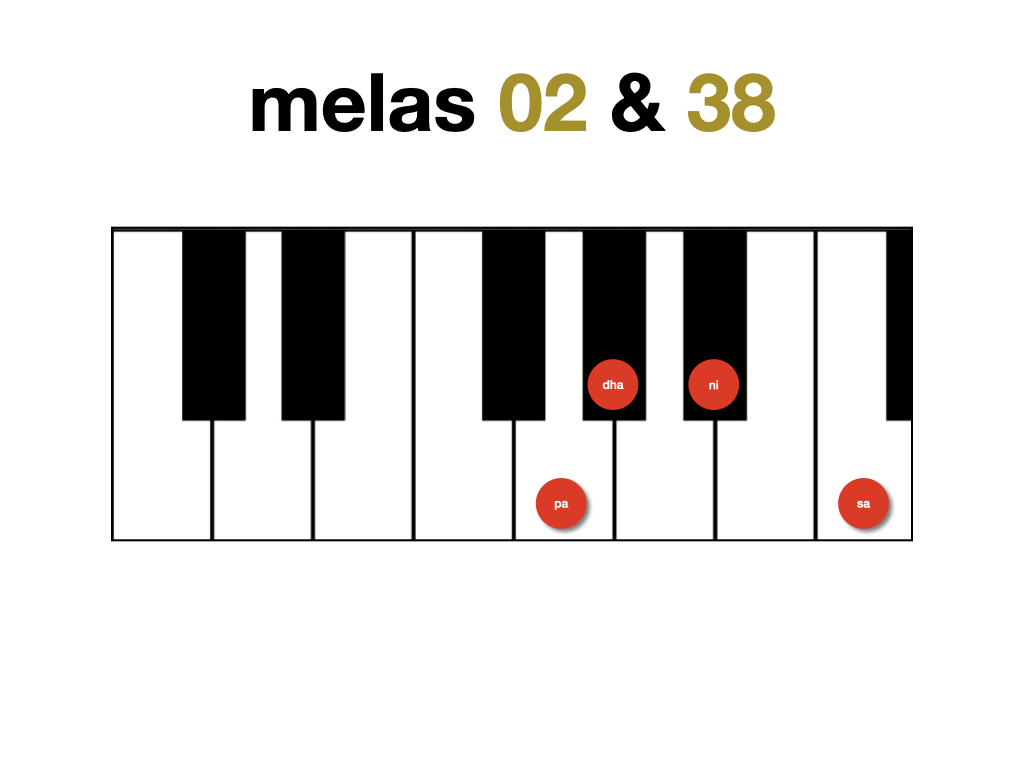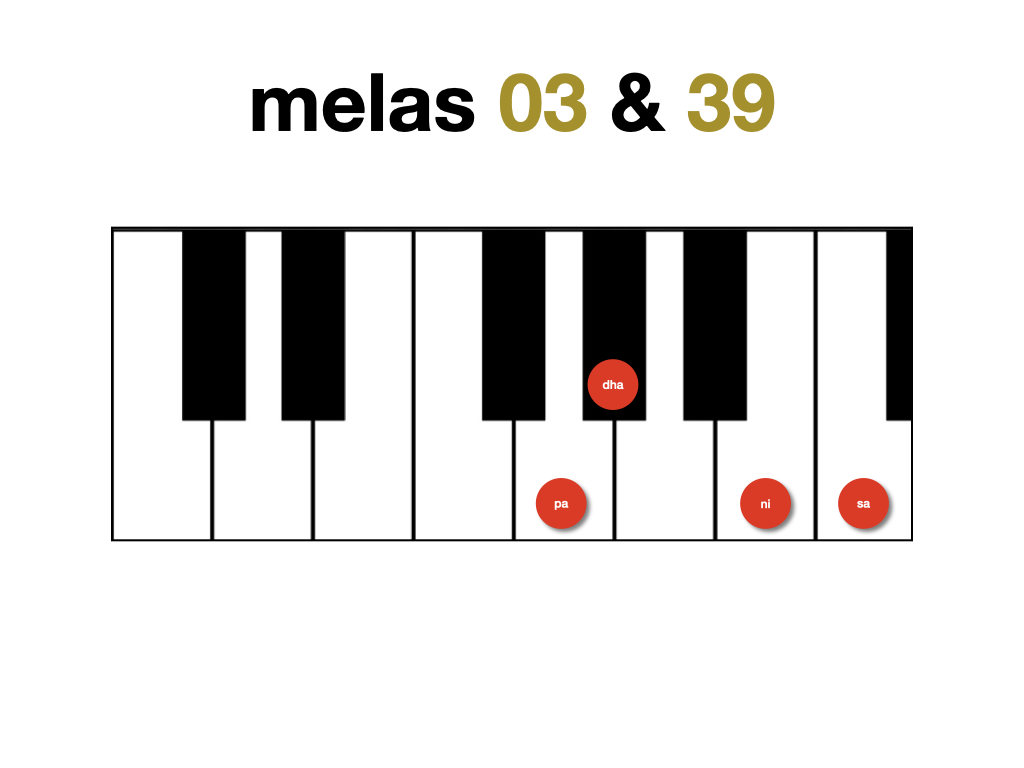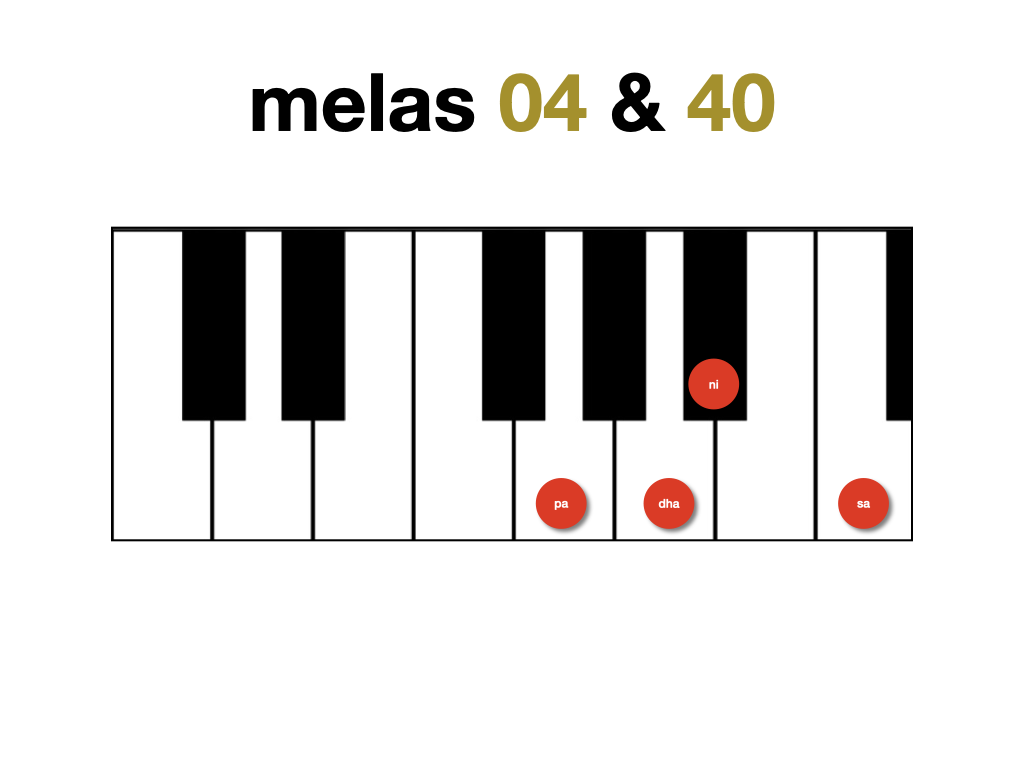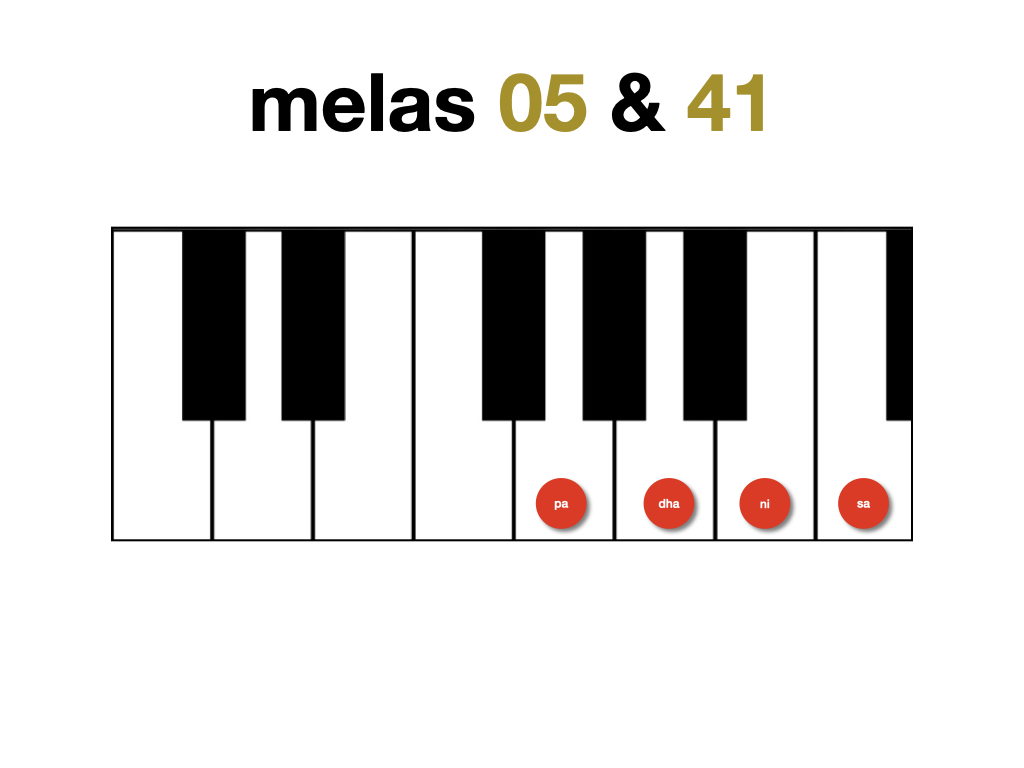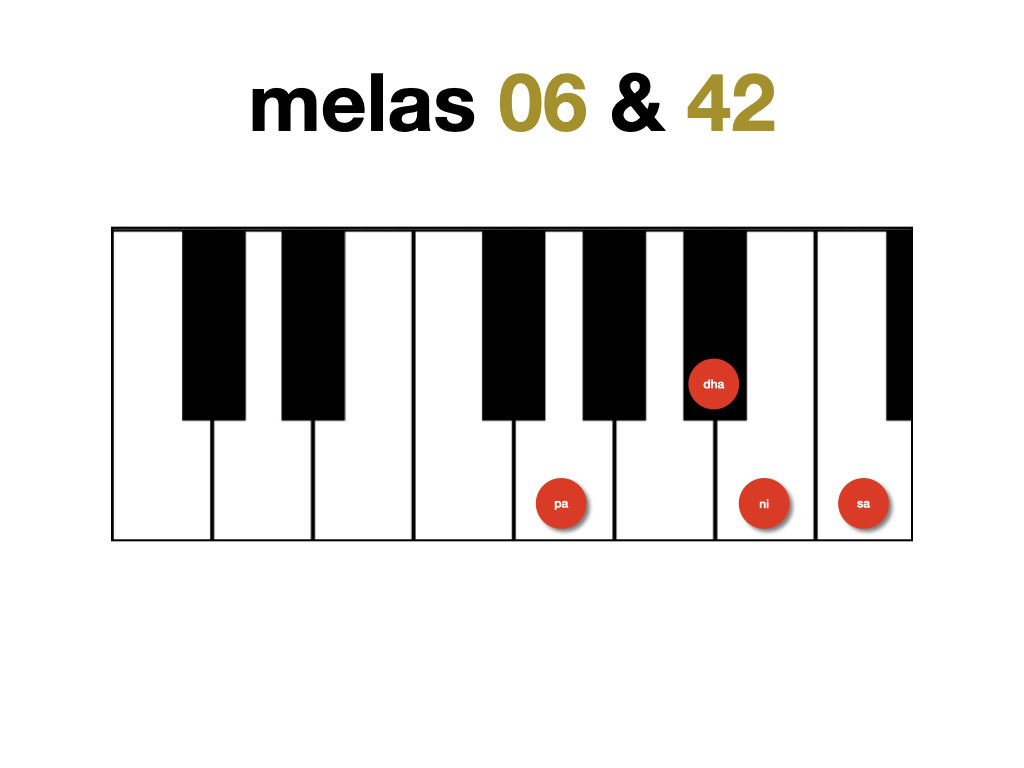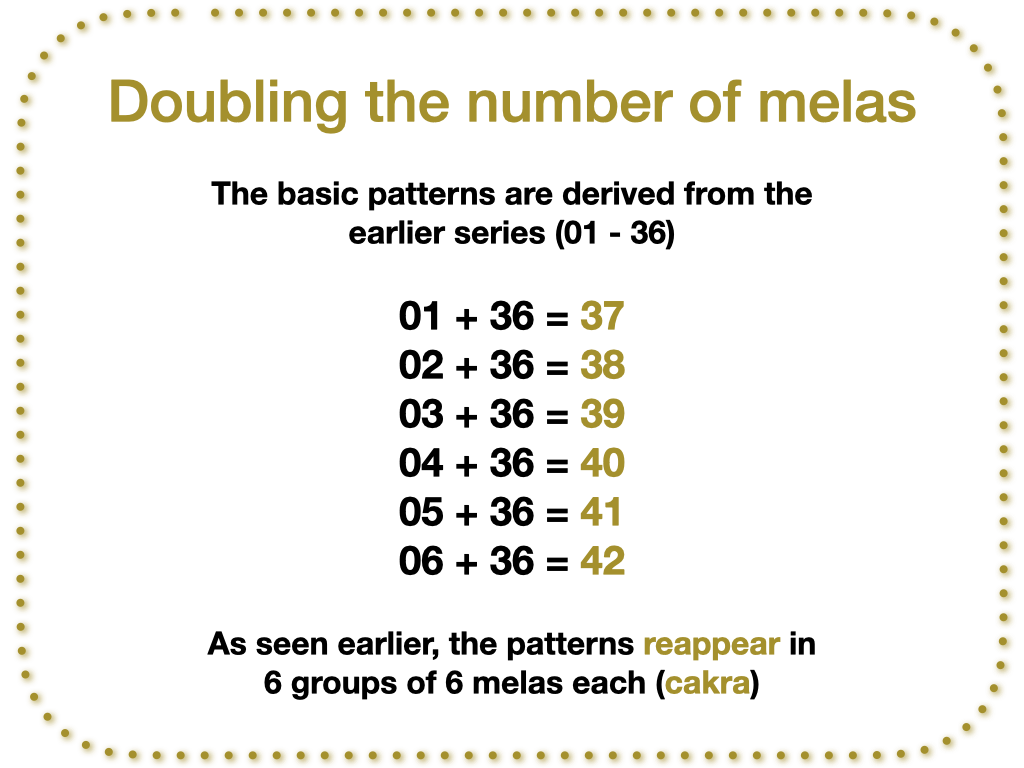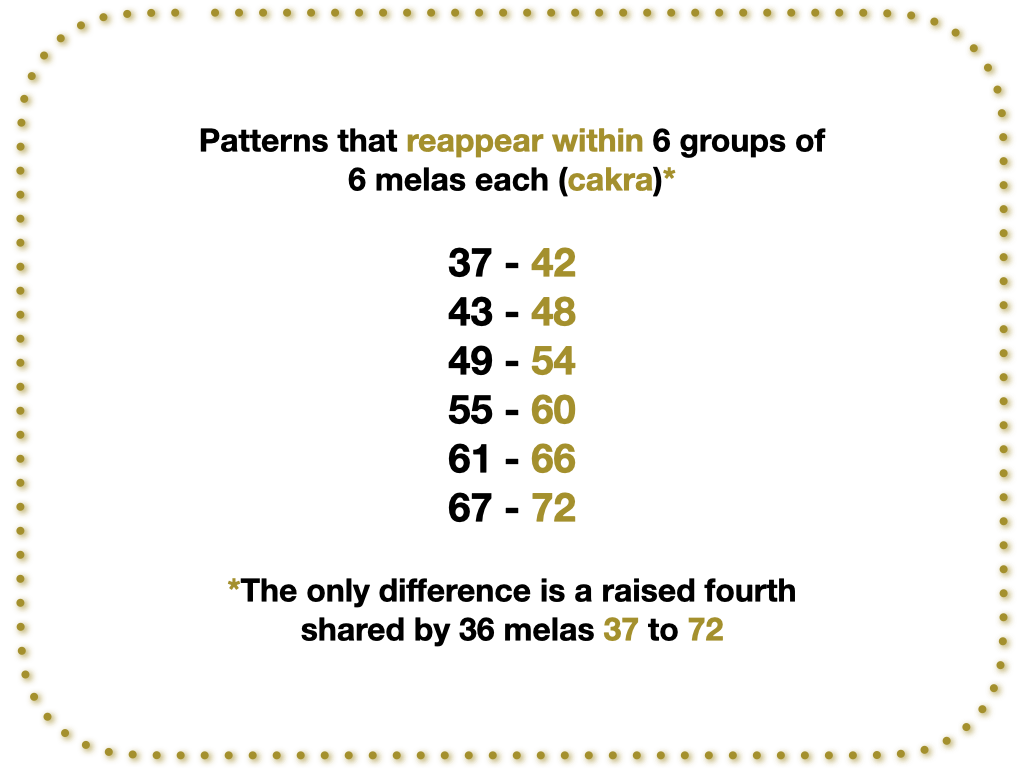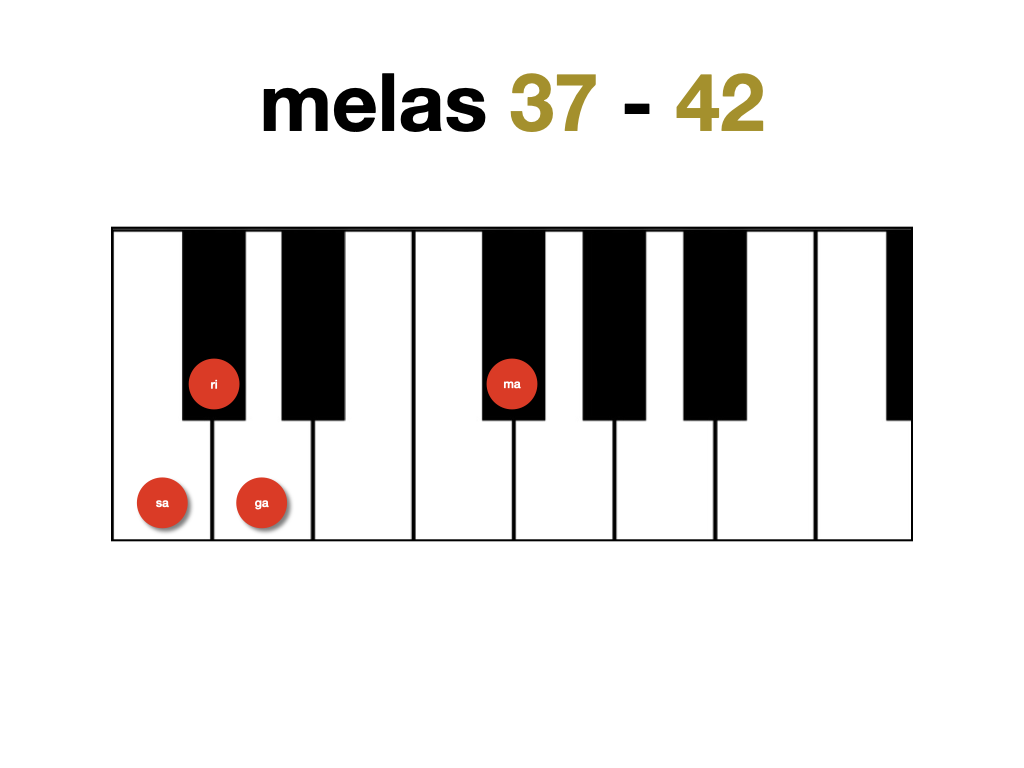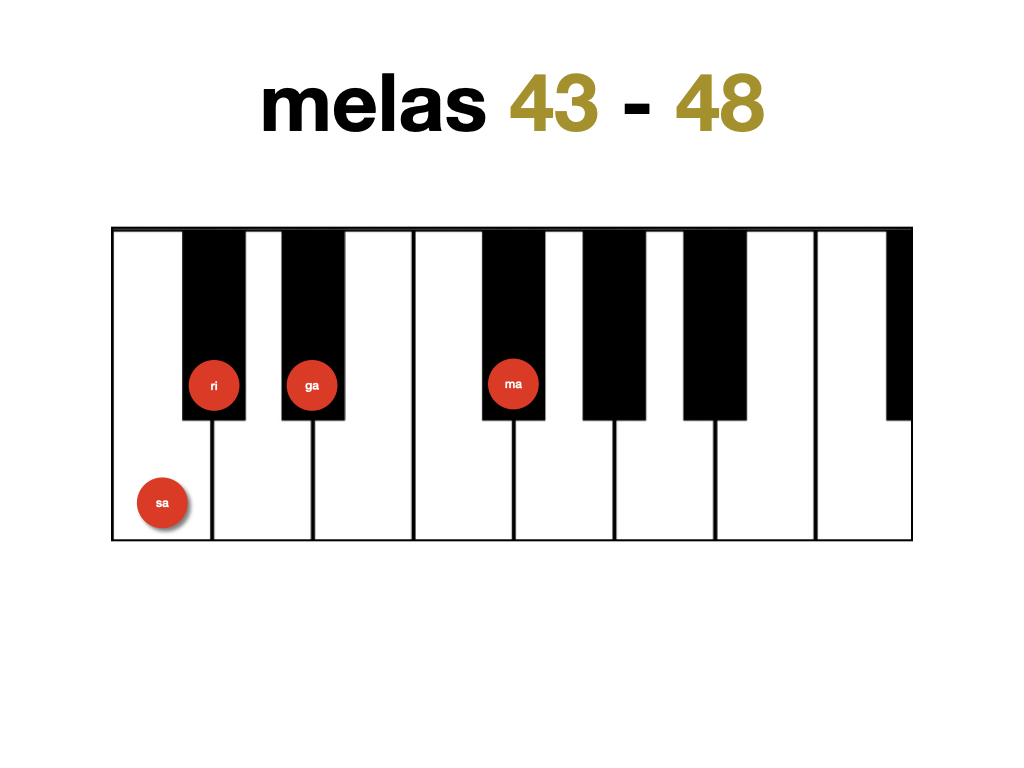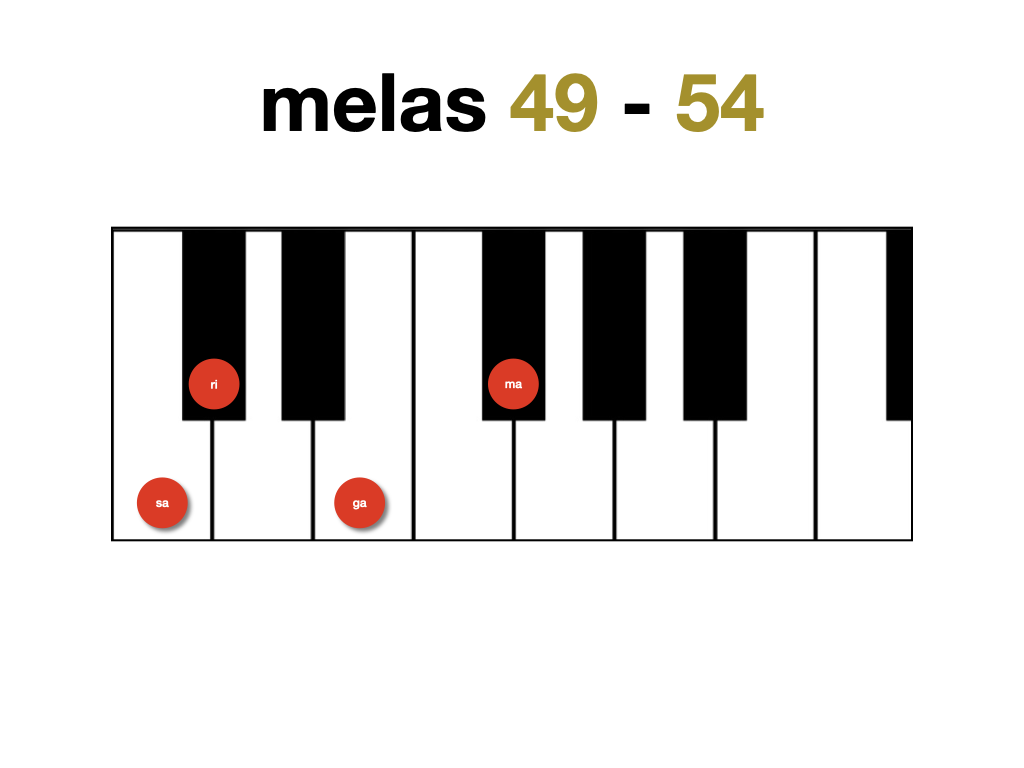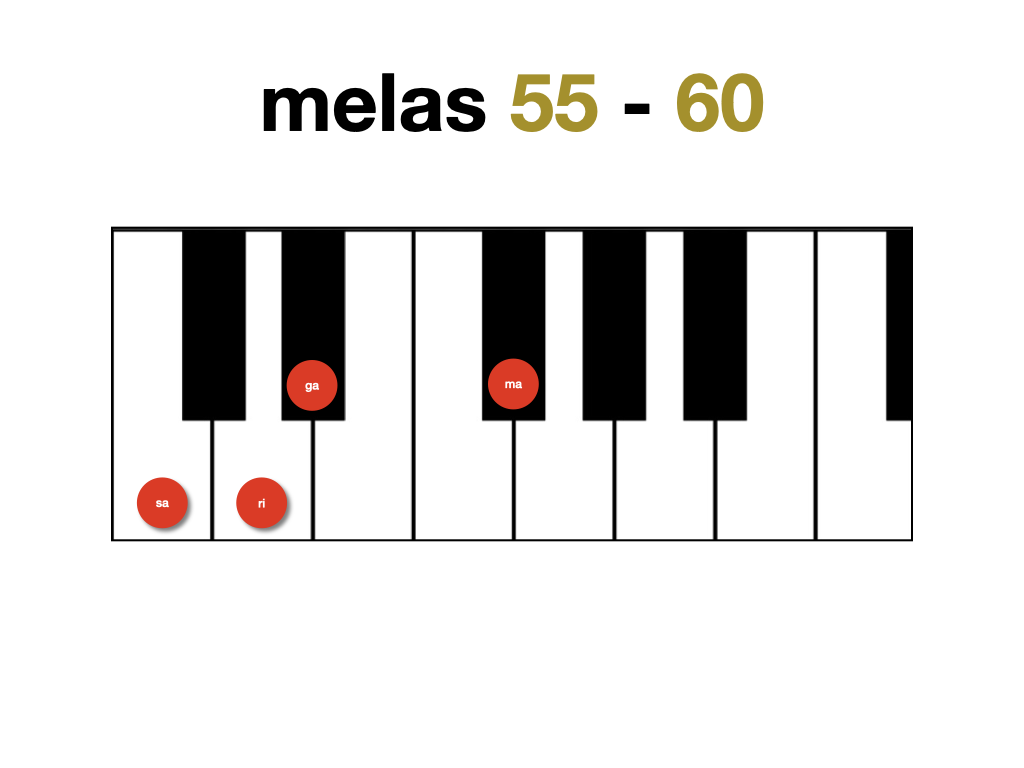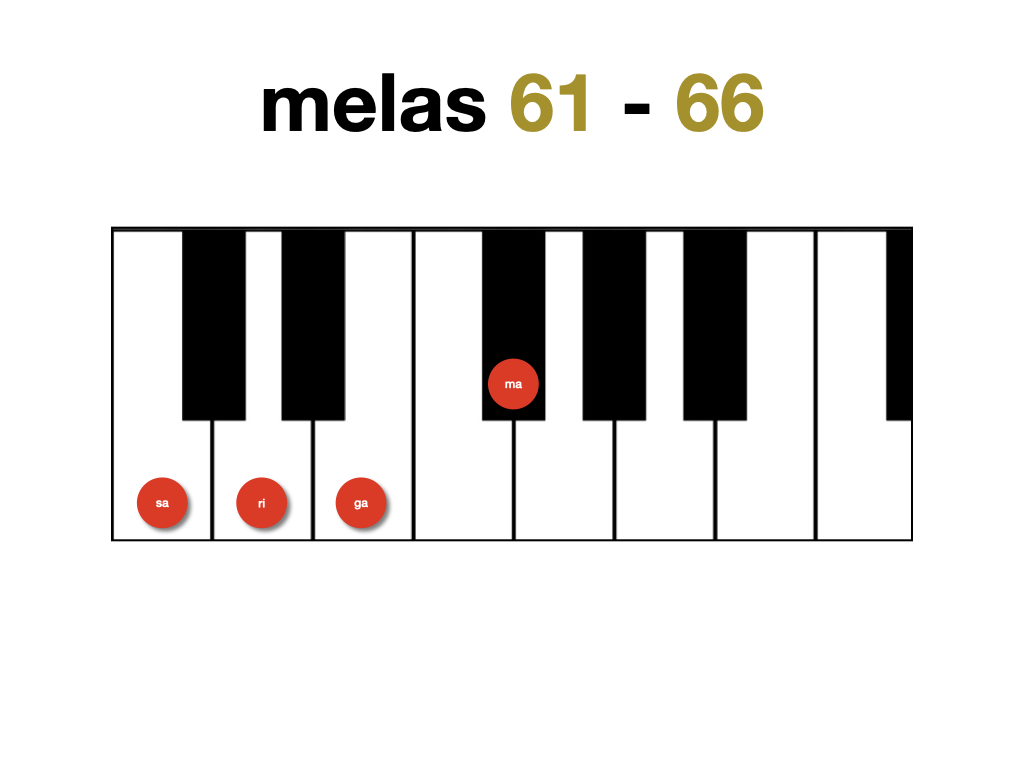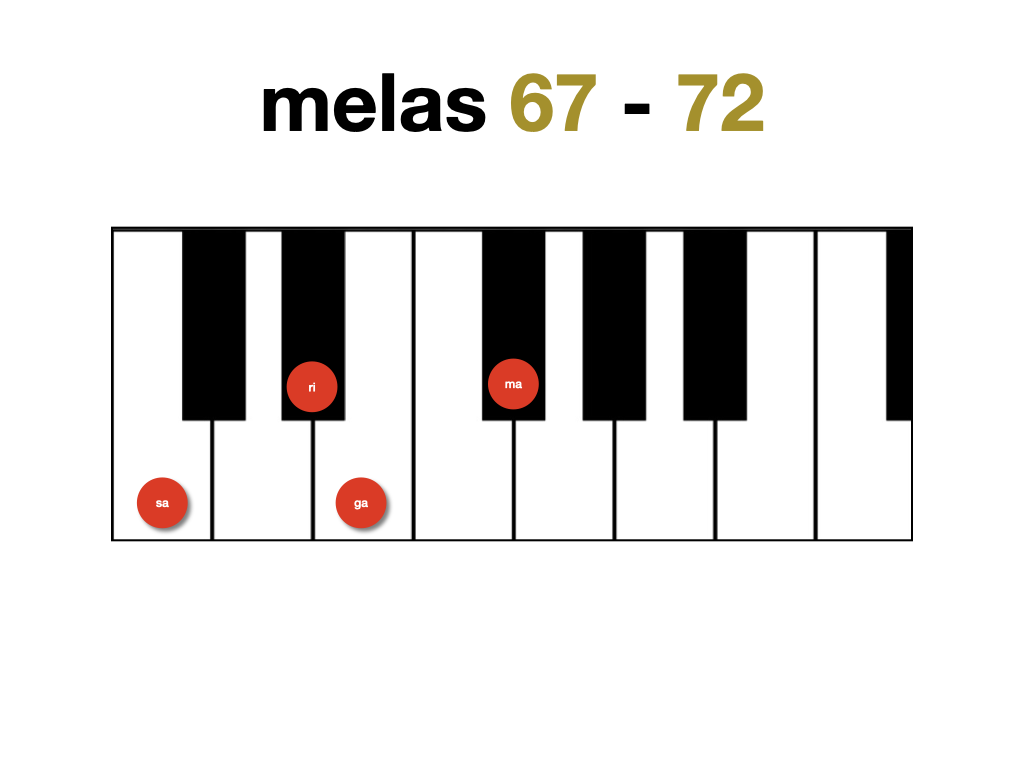Give it a try and DIY (“do it yourself”) – become part of a larger “musical home”; one that welcomes and accommodates scales and tunes from all over India and beyond!
For music lovers aged 20+ (or even below), grasping and applying the principles underlying South India’s 72 melakarta scale system is more than an intellectual challenge: it is worth the effort in terms of greater appreciation of musical accomplishment irrespective of our own cultural roots, customs and listening habits.
Going by the longevity of many pioneering musicians in this field (just as the unwavering interest among the younger generation), there may be a wonderful side effect: kindling imagination no matter what our personal “station in life” may be.
So this is all about intercultural – even intergenerational – understanding rather than oversimplification: a shared quest that has sustained this course, still going strong with participants and contributors from all over the world for a quarter of a century.
Why 20+?
Recent findings on arithmetical and comprehension skills in “The science of ageing” (The Economist EU, 13 January 2024)
Arithmetical and comprehension skills, as well as vocabulary, improve until 50, though they start to decline thereafter. However, for tasks involving short term memory (remembering things immediately after presentation) and working memory (remembering them half an hour later), it is downhill from the age of 20 or so.
Not so for these pioneers in this field, both embodying the joy of music and determined to spread knowledge throughout their long lives:
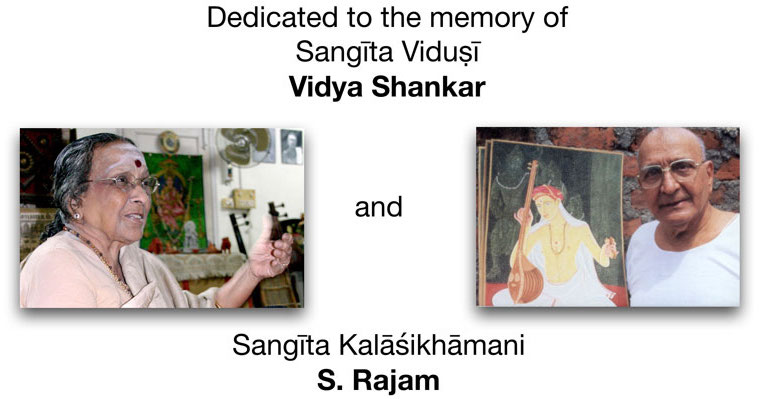
A good moment to reflect on one’s own age, practice our Arithmetical and comprehension skills: to start with, by finding out whether our birthday leads to a number within the scope of the 72 melakarta scheme; then start practicing the corresponding one.
For those aged 72+ and for combining the commemoration of a birth anniversary, simply add the digits because in Carnatic music, not even the sky is “the limit!”
(e.g. for 87, it’s 8+7 = mela 15 to explore, and to celebrate the 106th birth anniversary of revered teacher or dear rasika, consider listening a fine rendition of 7th melakarta raga “Senavati“)
Why “beyond”?
Already in the 17th century Venkatamakhi – a visionary musicologist in Tanjavur – provided the system contributing to a more global vision in South Indian music, a dream that is in the process of coming true in our own times (partly thanks to the internet); realizing “that countries are many with people having variety of tastes and it is to please them ragas have been invented by musicians. Some are already known while some are in the process of being brought to life, while some may be invented in future, while those surviving only in treatises and the ragas not known at all during their time may be brought to life in future, for the benefit of the people.” (Tanjore as a Seat of Music During the 17th, 18th and the 19th Centuries, p. 433-4)
How to find ragas derived from a particular mela on YouTube?
- YouTube (“melakarta raga concert”)
- Refine your search by a particular mela number:
“21“, “34” or “66“ - Search for a particular raga’s exposition: “Nathabhairavi live” (the 20th melakarta raga)
- Find performances by seasoned performers: “melakarta raga live concert 72“
Further refinement
Include a favourite musician or instrument for other results to suit your interest, for instance a legendary artist’s rendition or an instrumental one associated with a particular style (bānī):
How to apply this lesson (with or without personal teacher)
One of the short “Flow”-exercises offered in this course may suit your personal situation: to rekindle your joy and creativity anywhere, any time (silently or otherwise); ready to modify for group activities (even where time may be as short in supply as musical instruments and digital equipment).
How to find ragas derived from a particular mela on YouTube?
- YouTube (“melakarta raga concert”)
- Refine your search by a particular mela number:
“21“, “34” or “66“ - Search for a particular raga’s exposition: “Nathabhairavi live” (the 20th melakarta raga)
- Find performances by seasoned performers: “melakarta raga live concert 72“
Further refinement
Include a favourite musician or instrument for other results to suit your interest, for instance:
Are there any conditions attached?
No, participation is entirely free (which also means “ad-free”) without need for registration.

